Forums
- Forums
- Duggy's Reference Hangar
- Luftwaffe Library
- Klemm KL 35
Klemm KL 35
Post a reply
- Go to Previous topic
- Go to Next topic
- Go to Welcome
- Go to Introduce Yourself
- Go to General Discussion
- Go to Screenshots, Images and Videos
- Go to Off topic
- Go to Works in Progress
- Go to Skinning Tips / Tutorials
- Go to Skin Requests
- Go to IJAAF Library
- Go to Luftwaffe Library
- Go to RAF Library
- Go to USAAF / USN Library
- Go to Misc Library
- Go to The Ops Room
- Go to Made in Germany
- Go to Campaigns and Missions
- Go to Works in Progress
- Go to Juri's Air-Raid Shelter
- Go to Campaigns and Missions
- Go to Works in Progress
- Go to Skinpacks
- Go to External Projects Discussion
- Go to Books & Resources
-
3 years agoThu Dec 28 2023, 10:44amDuggy
 Main AdminThe Klemm Kl 35 is a German sporting and training aeroplane developed as a successor to the Kl 25. A product of Klemm Leichtflugzeugbau Gmbh it shared the same single-engine, cantilever low-wing configuration as the earlier machine, the major difference being the introduction of an inverted gull wing.
Main AdminThe Klemm Kl 35 is a German sporting and training aeroplane developed as a successor to the Kl 25. A product of Klemm Leichtflugzeugbau Gmbh it shared the same single-engine, cantilever low-wing configuration as the earlier machine, the major difference being the introduction of an inverted gull wing.
Probably Klemm's most important type,the fully aerobatic aeroplane was shown for the first time publicly in October 1935 at the international Air Show in Milan and soon found many private buyers. Powered initially by an 80 hp (60 kW) Hirth HM60R inline, it had fixed undercarriage,mixed wood and fabric covering, and the choice of open or closed cockpit. Powered by the Hirth 60R, it became the Kl 35A (with floats, Kl 35AW), while with the 105 hp (78 kW) Hirth, it was the Kl 35A (with floats, Kl 35AW).
An improved Kl 35D, designed as a Luftwaffe trainer, with 105 hp (78 kW) Hirth HM 504A-2 engine and the option of ski or float landing gear, appeared in 1938.
A number of air forces purchased copies, including the Romanian, Hungarian, and Slovak. The Swedish Air Force bought several,designated Sk 15, for training use (at least five of those were seaplanes) and in 1941 began licence production, building about 74 more,with some remaining in service until 1951.The Lithuanian air force flew three.
Development
As German aircraft manufacturers go, the Klemm company is most closely associated with a series of light sport, training and touring aircraft which were popular in the 1930s. The founder of the company, Hanns Klemm, had the civil market in mind first and foremost; as such, most aircraft which his company produced had little to any connection to the military.
An architect and industrial designer by training, Klemm entered the aviation industry towards the end of the First World War. He started work for the Zeppelin company; however, his personal connections to Claude Dornier and Ernst Heinkel saw Klemm move into the design of conventional aircraft and eventually working for the coach building and aircraft sections of the Daimler company.
Klemm’s own aircraft company was born in late 1926 when he bought Daimler’s aircraft works. Klemm was something of a purist when it came to designing aircraft and set his goal on creating light monoplane aircraft which could fly well on lower powered engines and be attractive to flying clubs as trainers and general touring aircraft. Through the 1930s, he built an international reputation for producing quality aircraft of just this sort.
All was going well for Klemm until the Nazi party came to power in Germany and the country’s flying clubs and training facilities were taken under state control. Hermann Goring was particularly dismissive of Klemm’s aircraft and declared that they would not be used to train the pilots who would serve in the newly formed Luftwaffe.
It would be the beginning of a tenuous relationship between Klemm and the Air Ministry. Klemm’s company would be relegated to servicing and constructing aircraft of more prominent companies; of course, this did not sit well with Klemm himself and he set about work on a solution.
With no personal interest in designing military aircraft or having his company used as a servicing and construction point for other manufacturers’ designs, Klemm was in a bind. If his company was to survive, he had to design something the Air Ministry could see a use for and accept that it would have to possess military potential.
Playing to his strengths in designing trainers and sports types, Klemm began to design the Kl-35. It was a design for an aerobatic trainer that could be built with the Air Ministry’s preferred construction methods and materials of the time.
Flying for the first time in February of 1935, the Kl-35a prototype was a clean and elegant aircraft with wings of wood construction and a fuselage of steel tube with a fabric cover and had excellent handling qualities. Despite the Kl-35a being lost in a crash due to over-stressing of the airframe; Klemm created a second prototype, the Kl-35b, with a some refinements and modifications. It was the second prototype which caught the attention of the Air Ministry and led to an order of nearly 1,400 of the type for use as a standard trainer for the Luftwaffe.
Klemm had secured a contract and was once again producing aircraft of his own design. An additional assembly line was set up at the Fieseler company until 1939 when production was shifted to the Zlín company in occupied Czechoslovakia. Production of the Kl-35 for the Luftwaffe concluded in 1943. Significant other customers for the aircraft during the war period included: Hungary, Slovakia and Sweden.
The Kl-35 was produced in two variations; the initial production version was known as the Kl-35B while the definitive and much more numerous Kl-35D followed. Both versions could be adapted to float landing gear for operations from water and the Kl-35D was offered with a completely enclosed cockpit as an option.
By virtue of its entirely conventional construction, the Kl-35 stood out in the line of aircraft designed and built by Klemm. Hanns Klemm was highly critical of the prescribed way the Air Ministry wished aircraft to be made for the Luftwaffe and considered many of the methods to be obsolete and crude.
Where the Air Ministry was dictating fuselage construction of fabric on metal tube or full metal construction, Klemm wished to build fuselages using molded plywood shells. Plywood shell construction would not only result in lighter weight with equal strength to metal fuselage aircraft, it would also ease the fitment of internal components as the two fuselage shell halves could simply be closed around a finished interior as opposed to trying to fit an interior to an already completed metal fuselage.
Of the roughly 2,000 Kl-35s built, no Luftwaffe examples are known to remain intact. However, several former Swedish air force Kl-35 aircraft are known to survive in preserved states, including some airworthy examples on civil registers across Europe.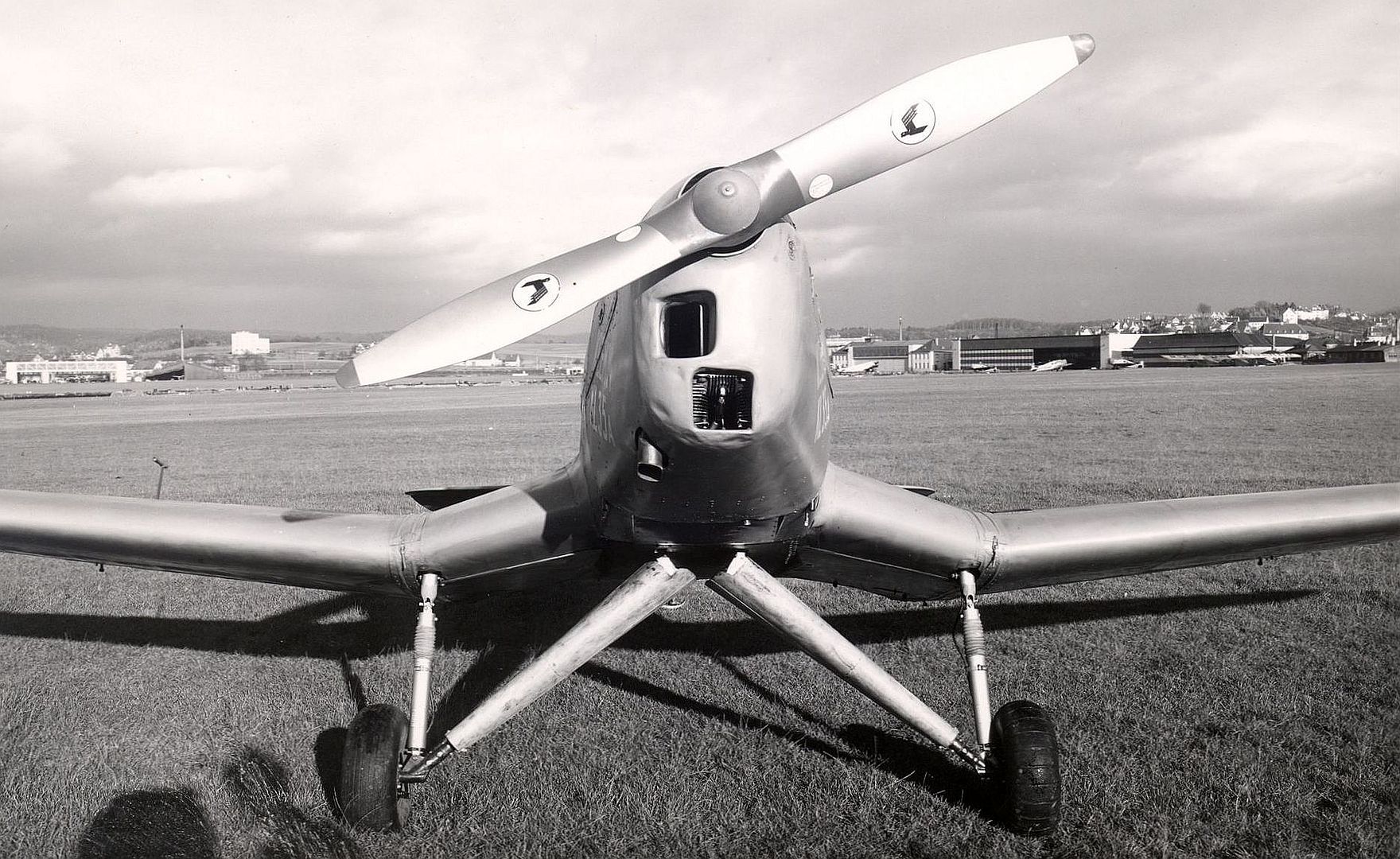
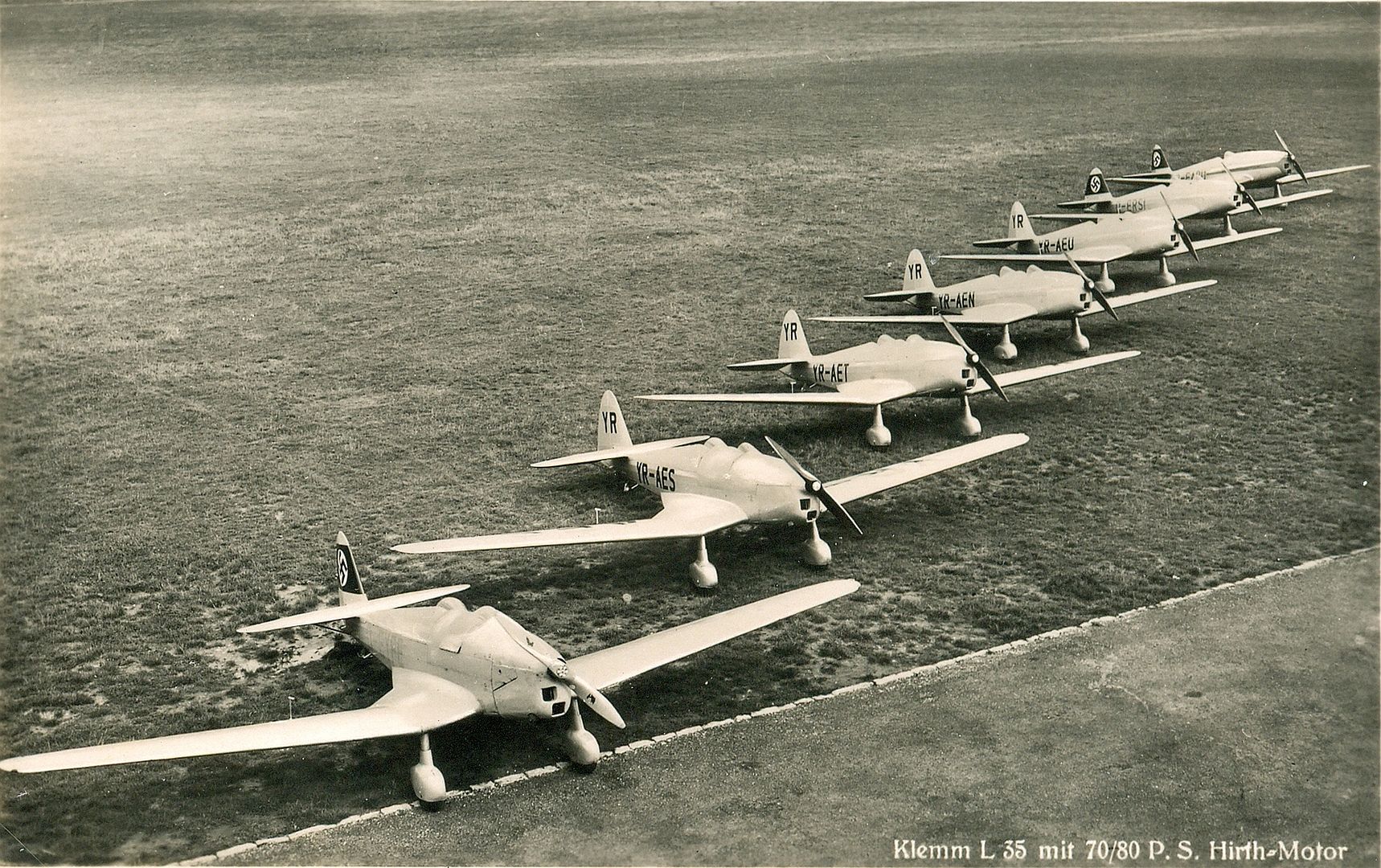
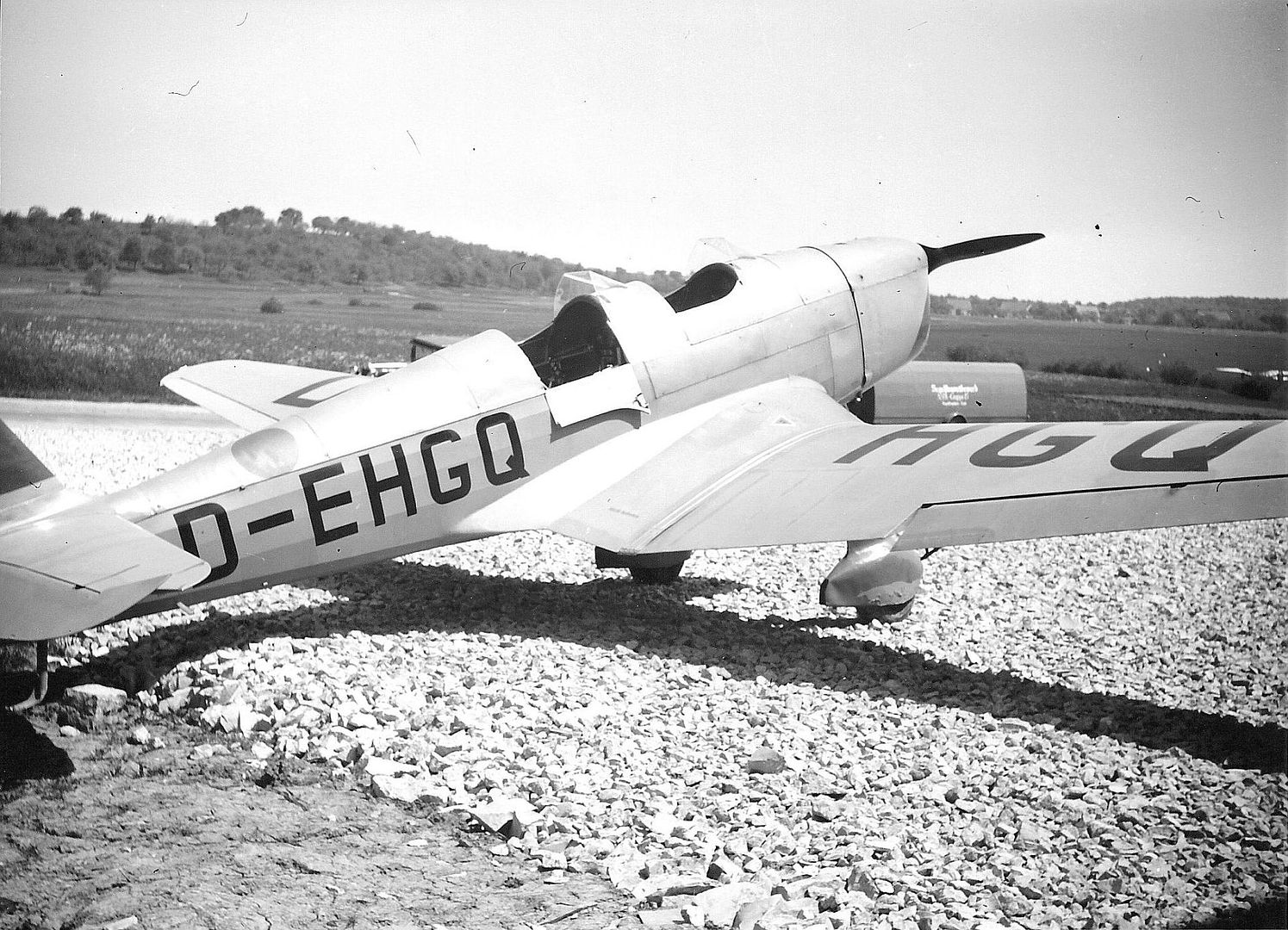
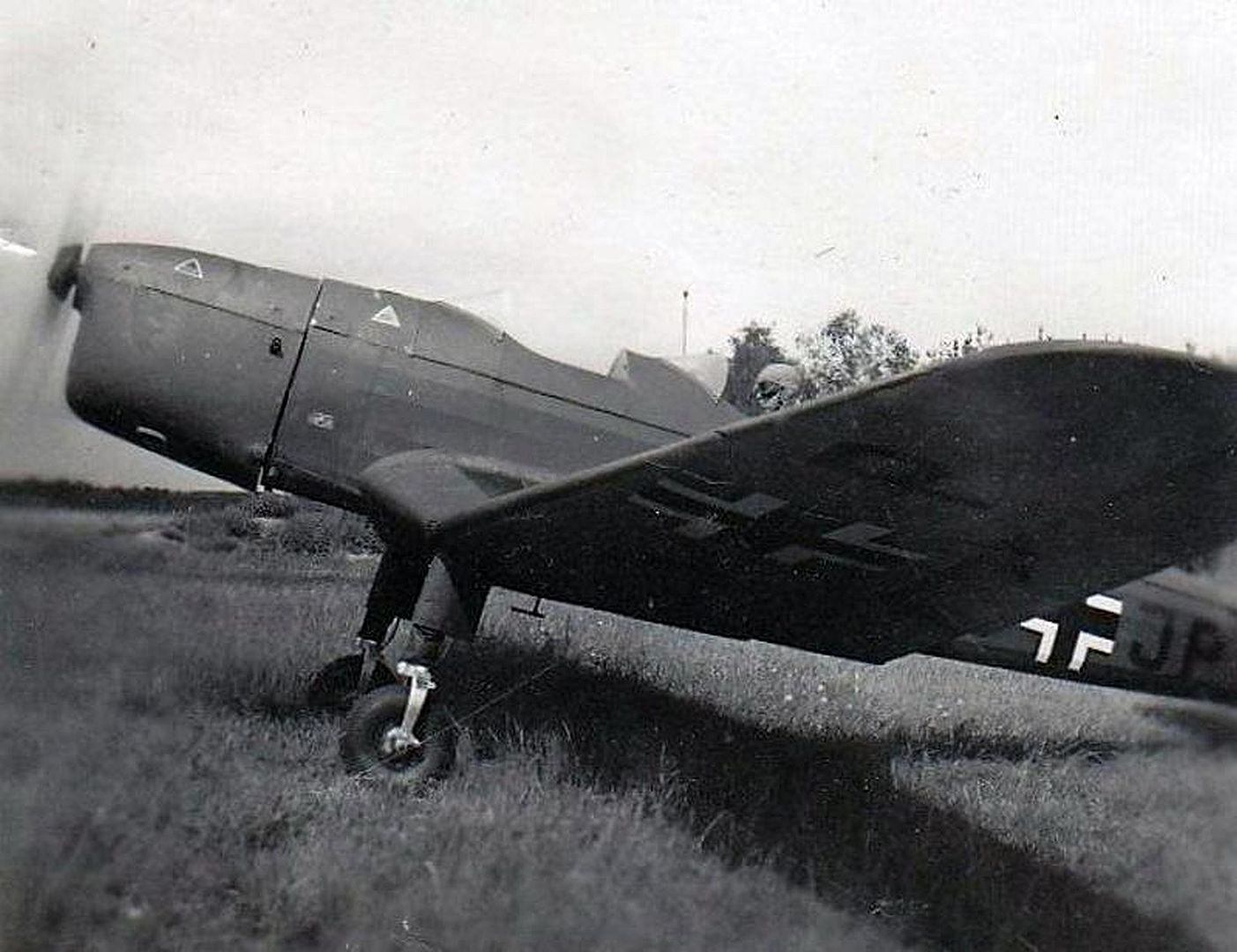
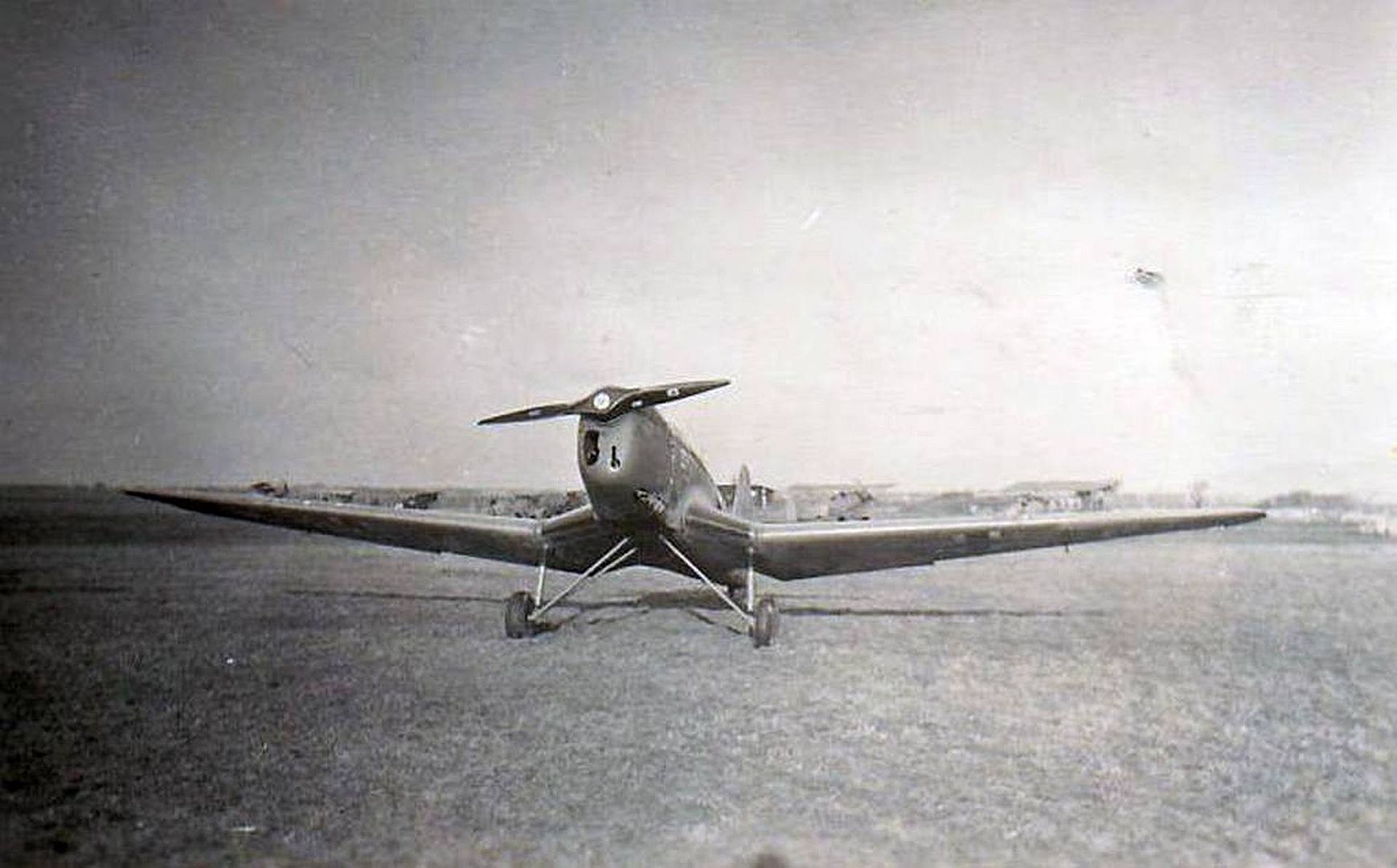
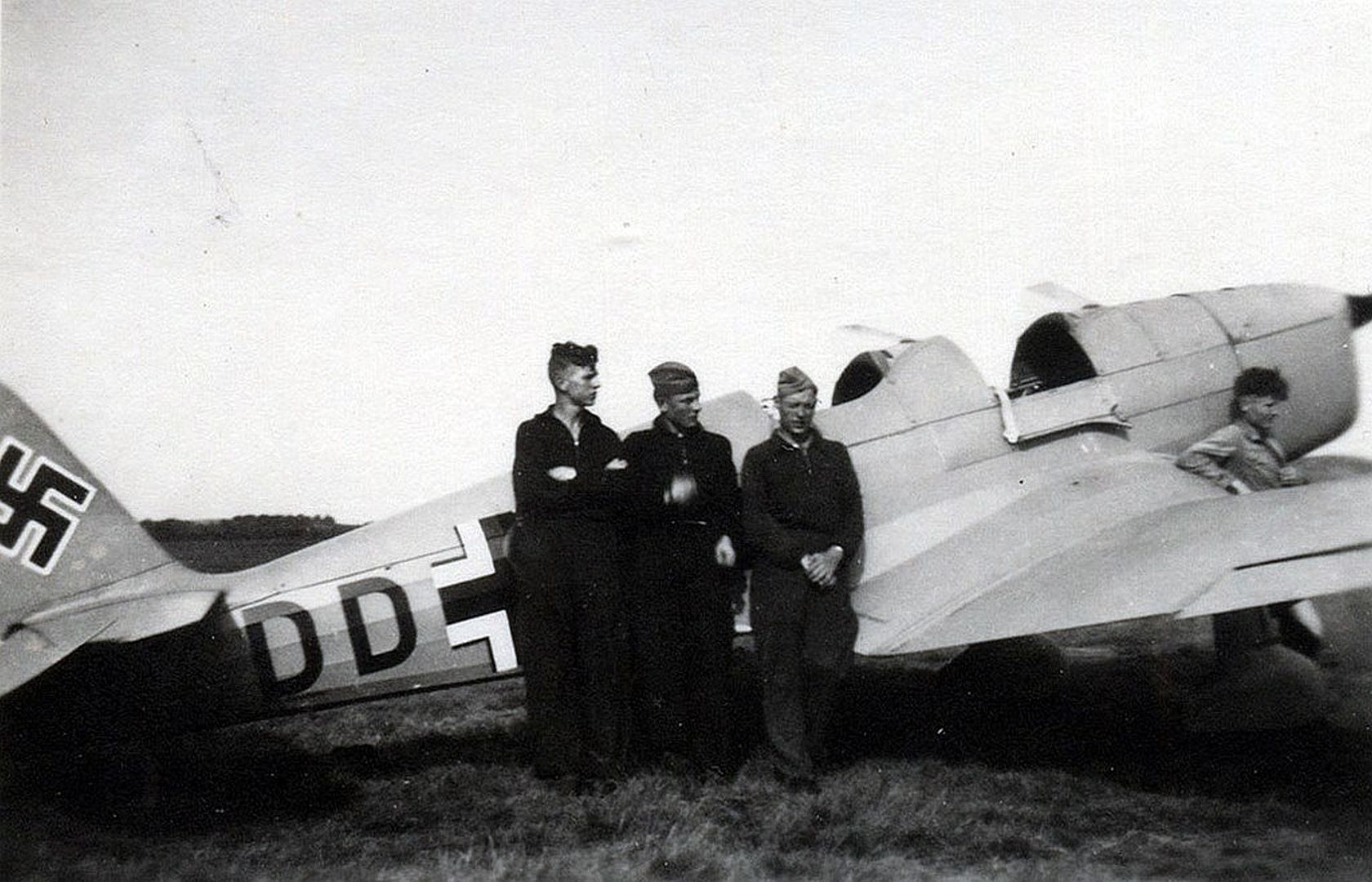
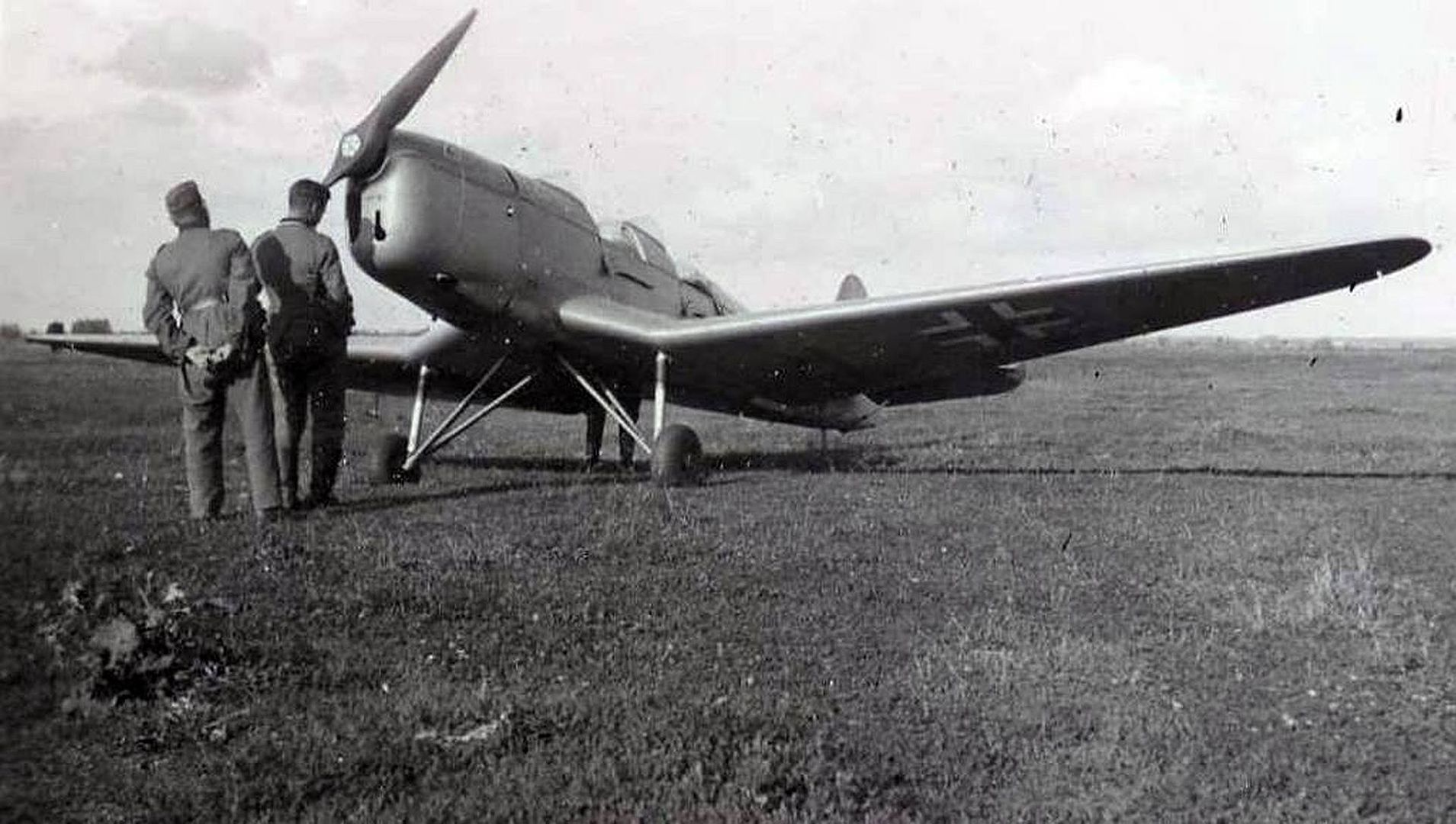
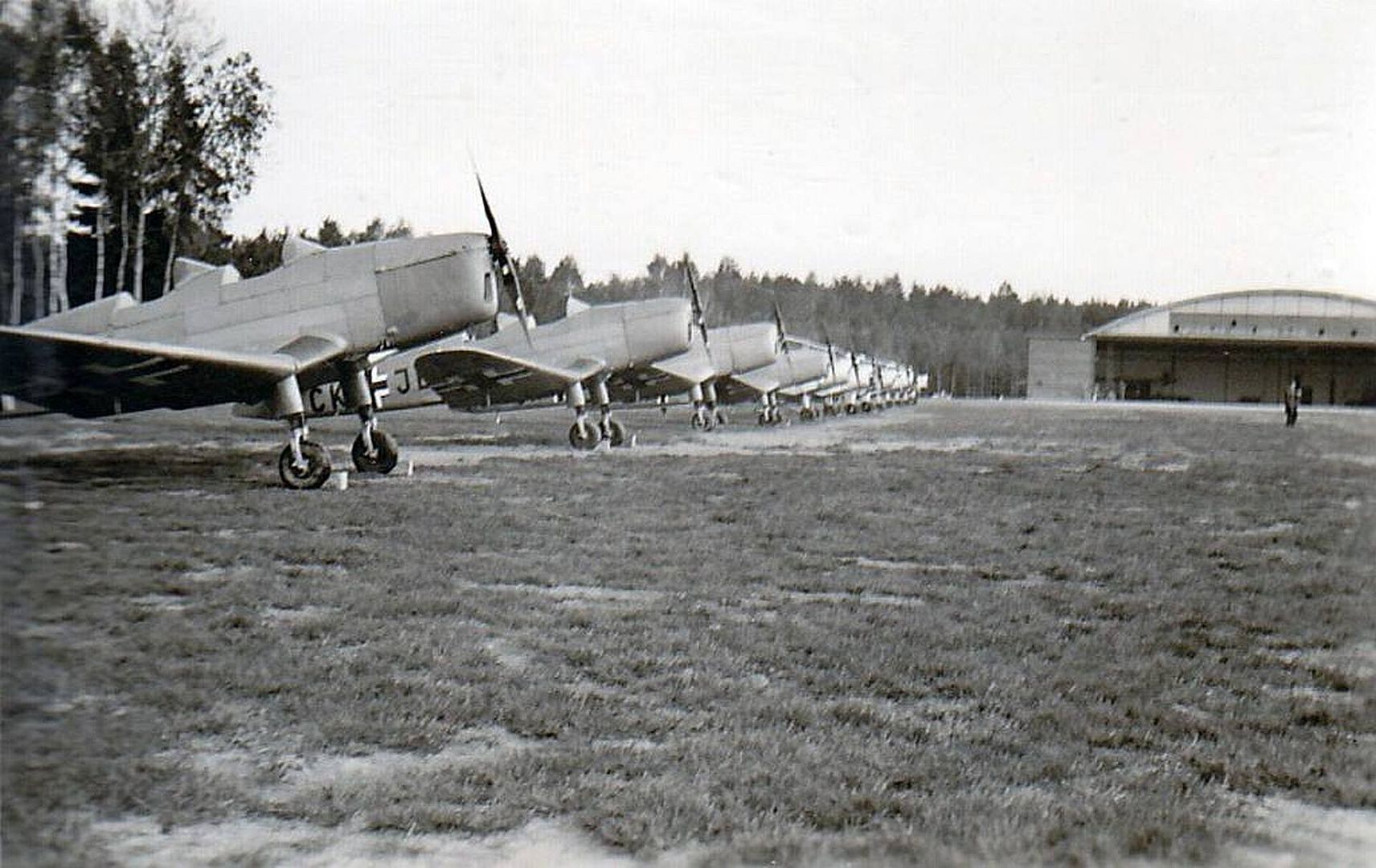
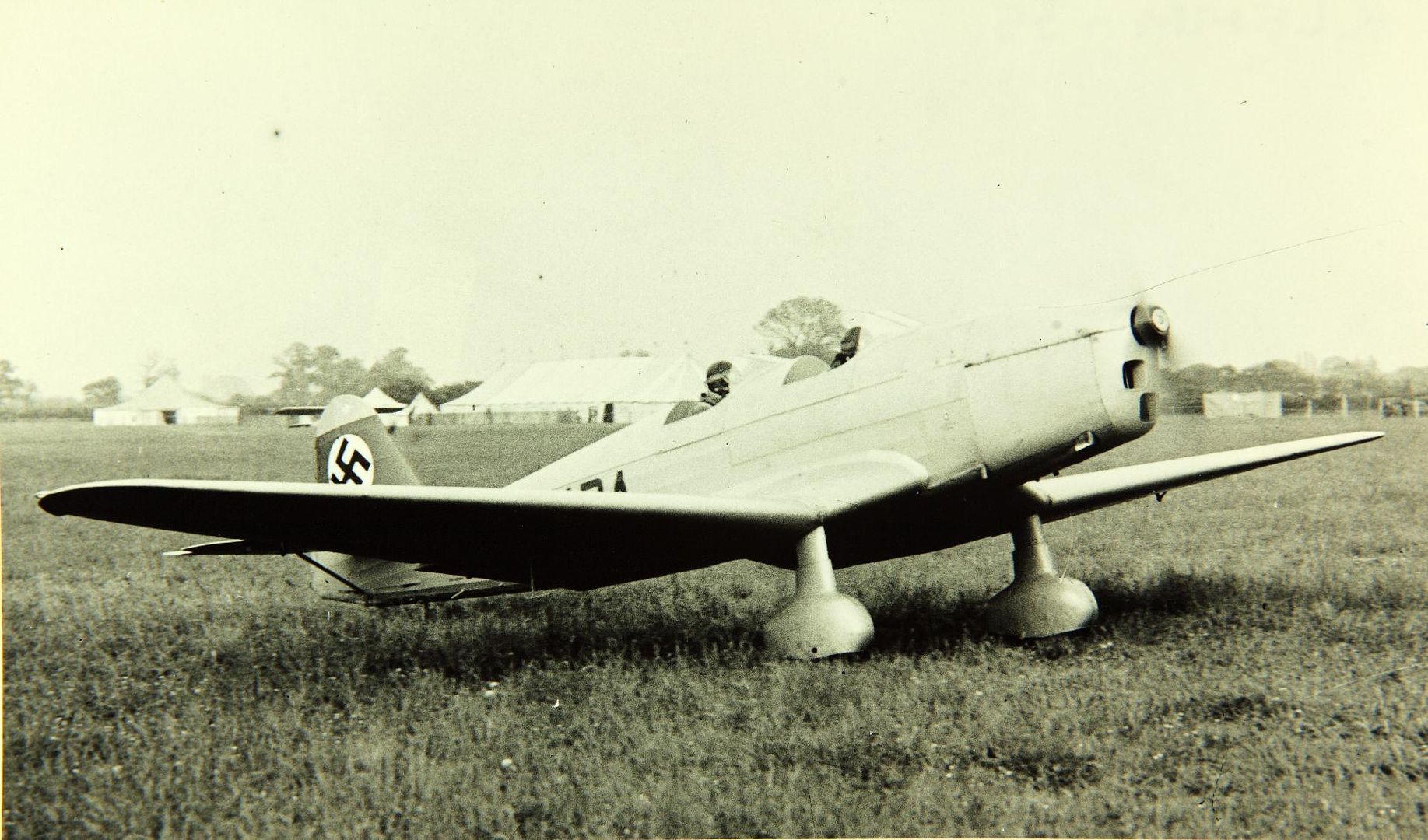
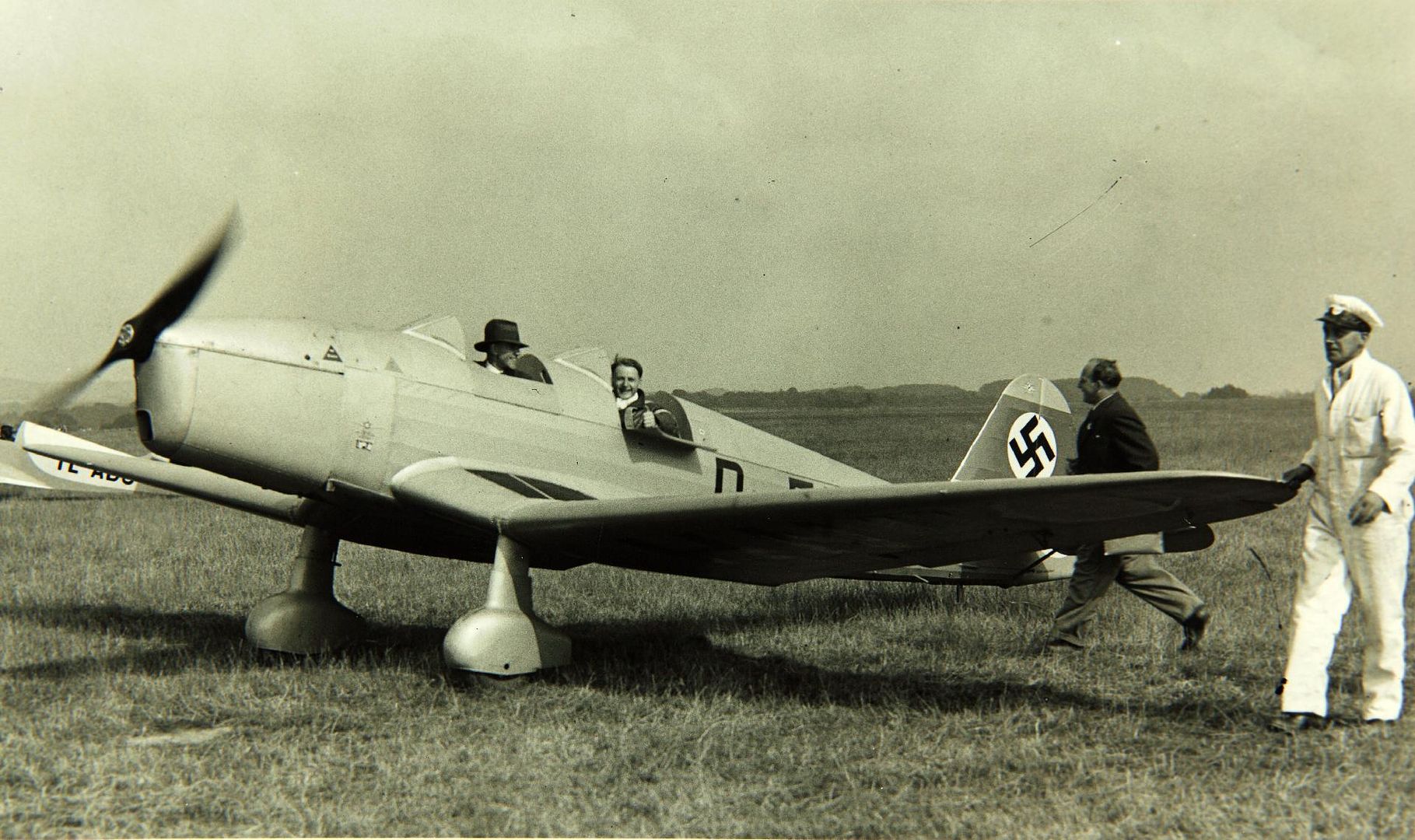
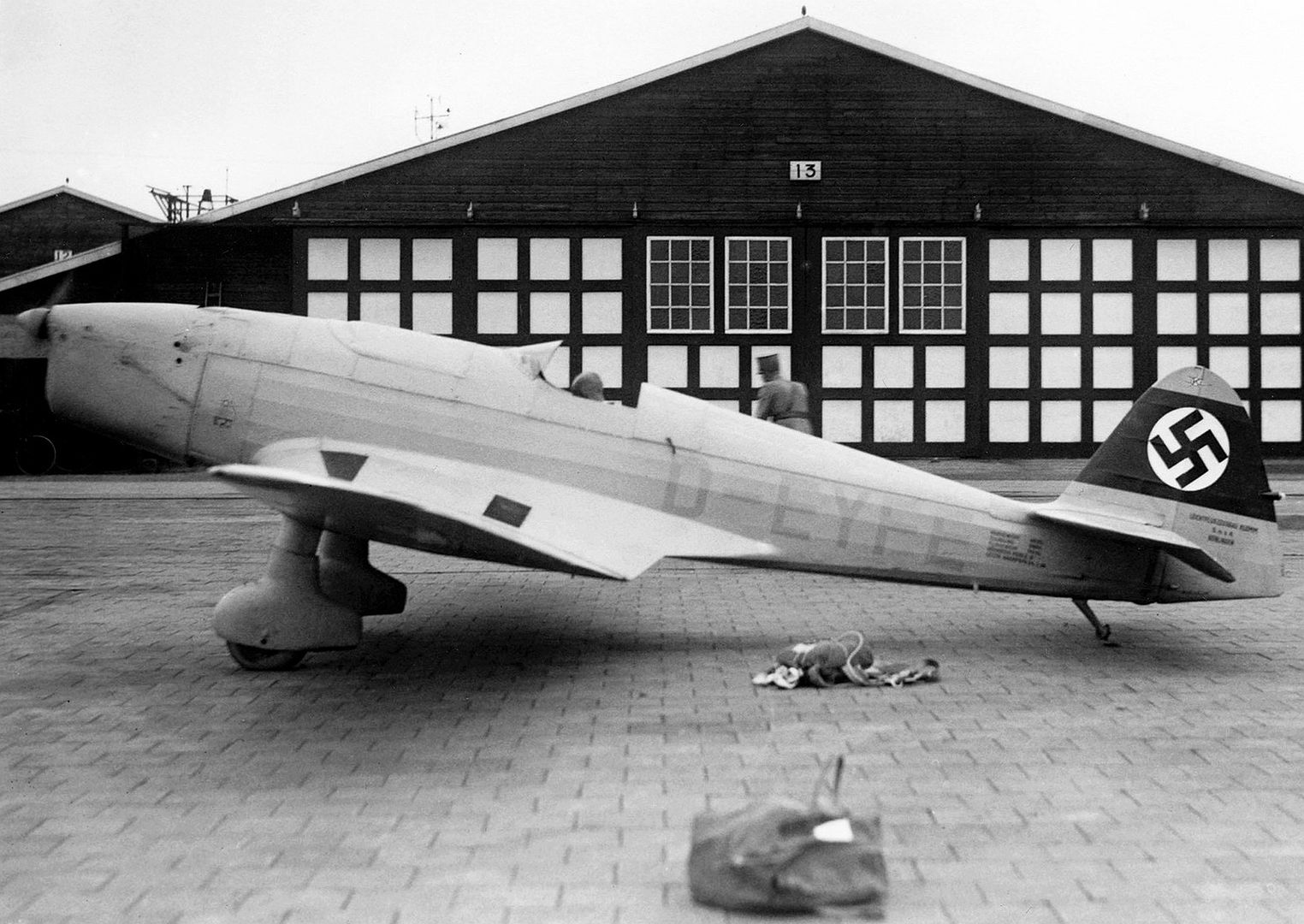
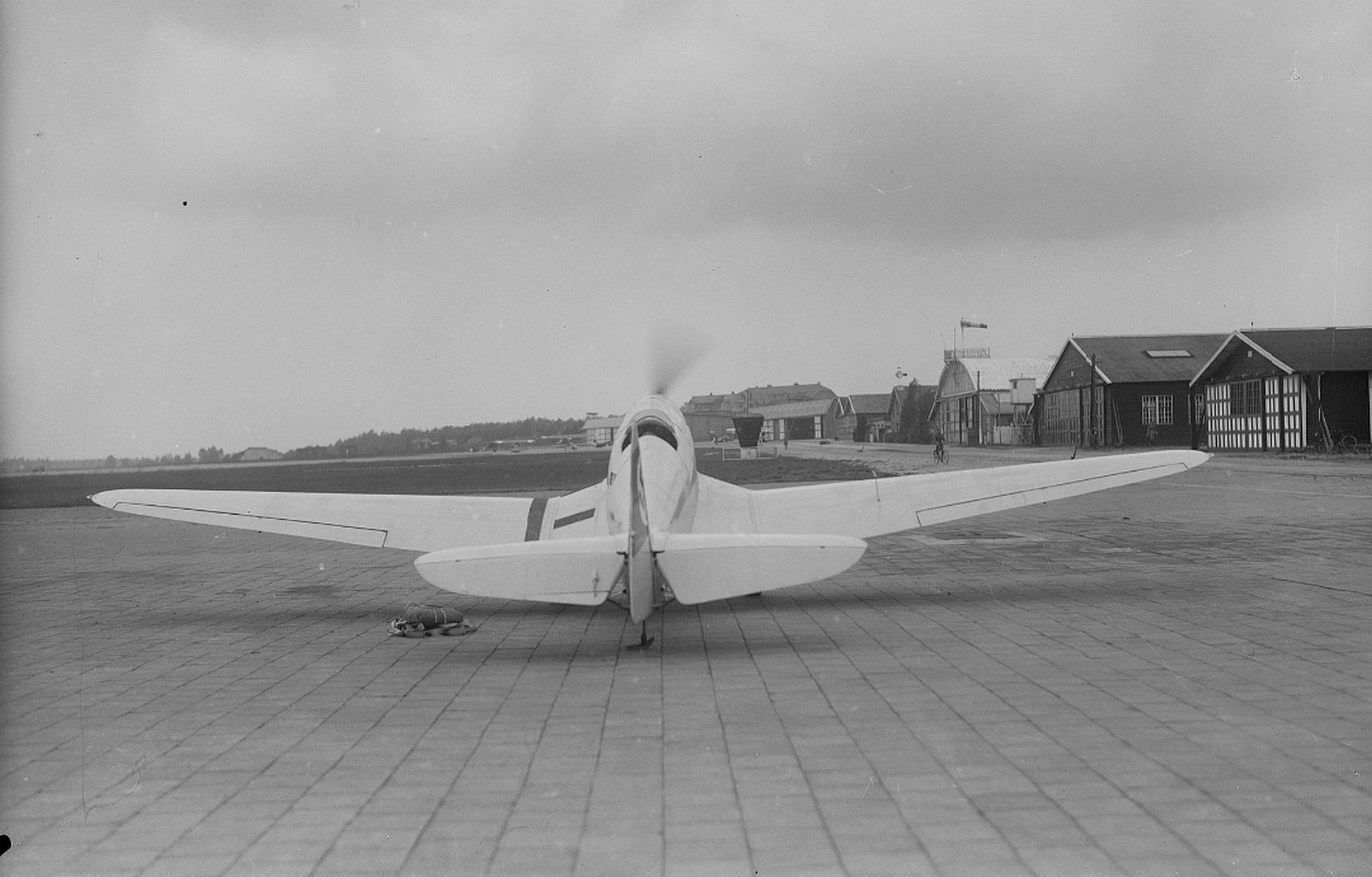
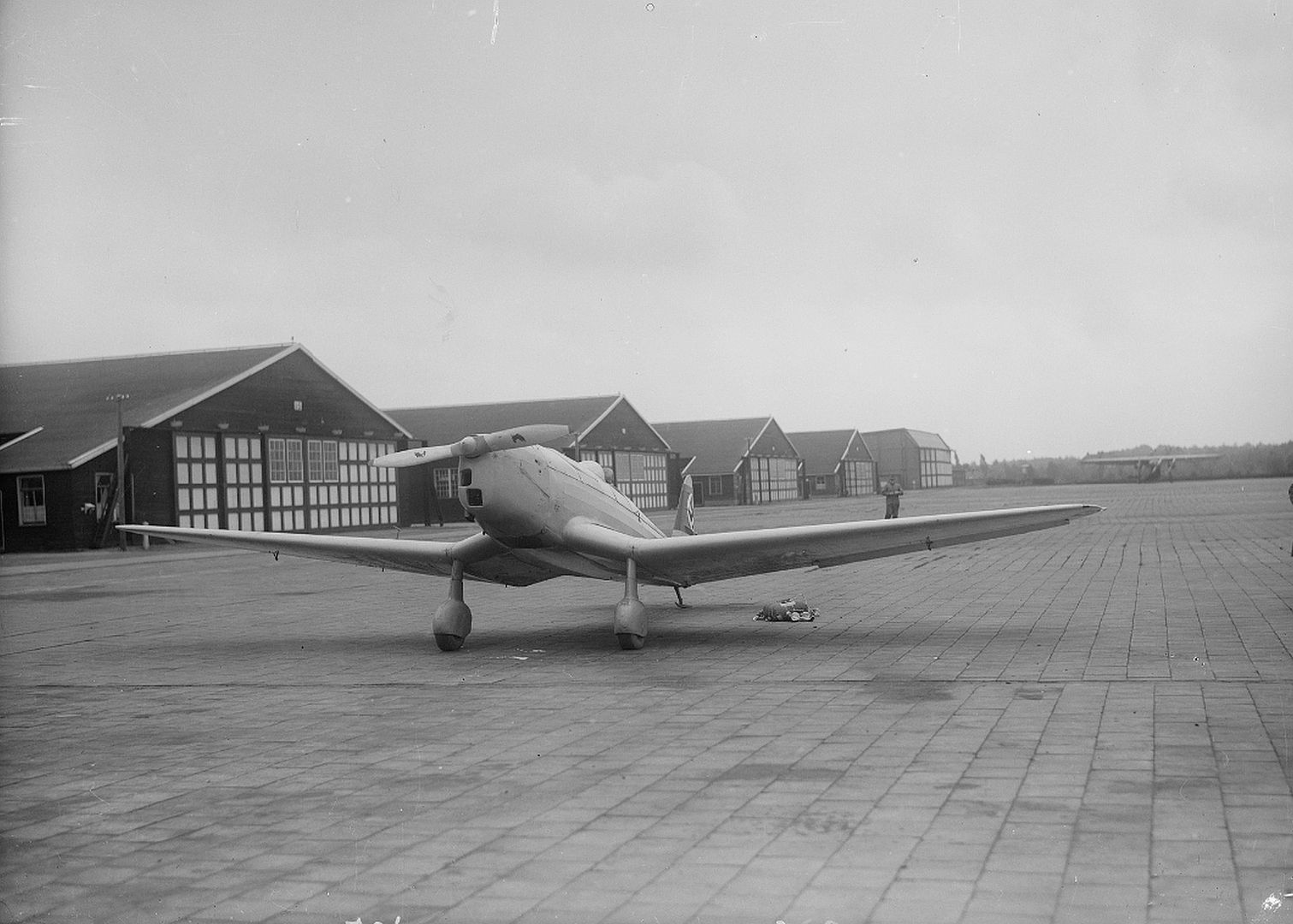

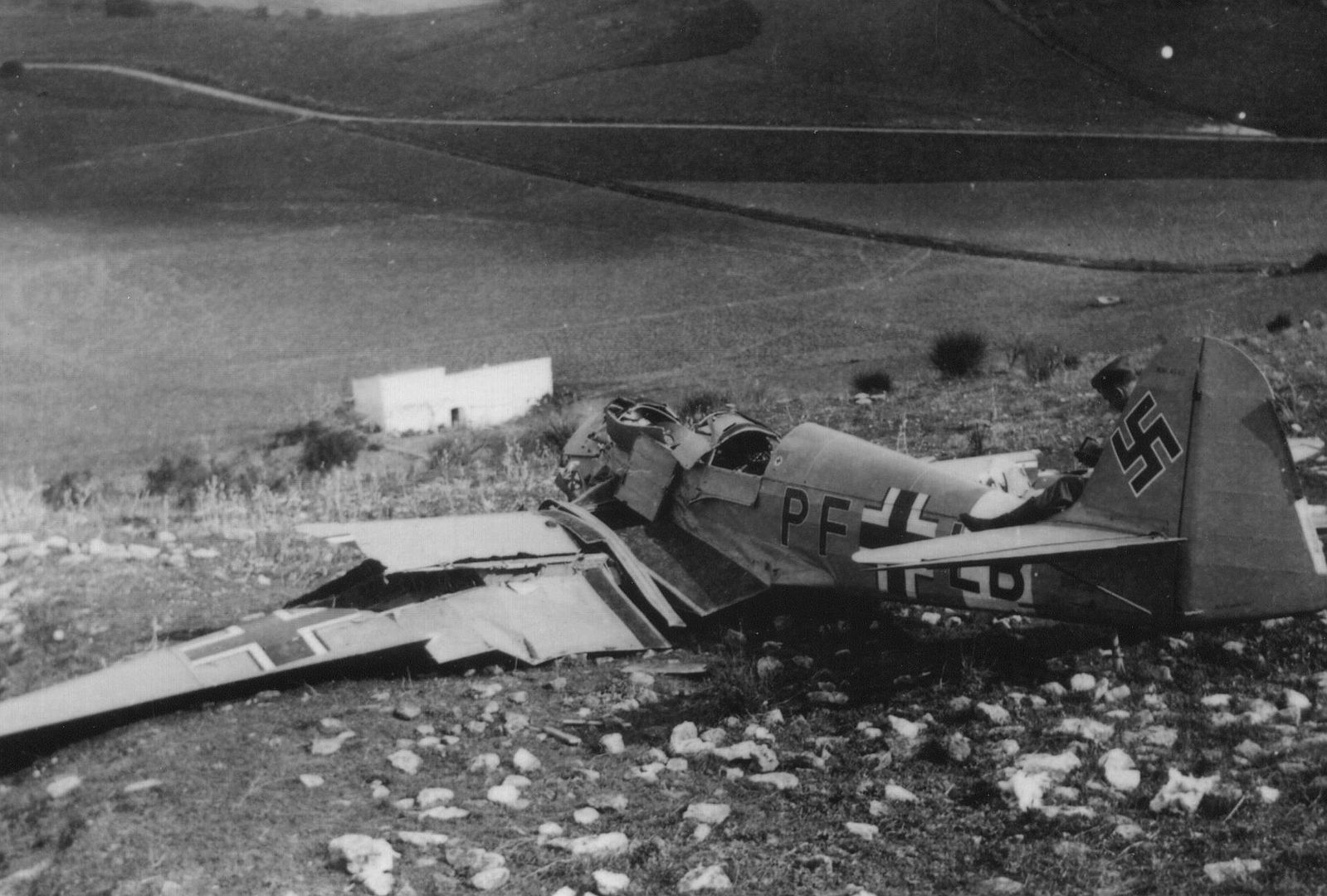

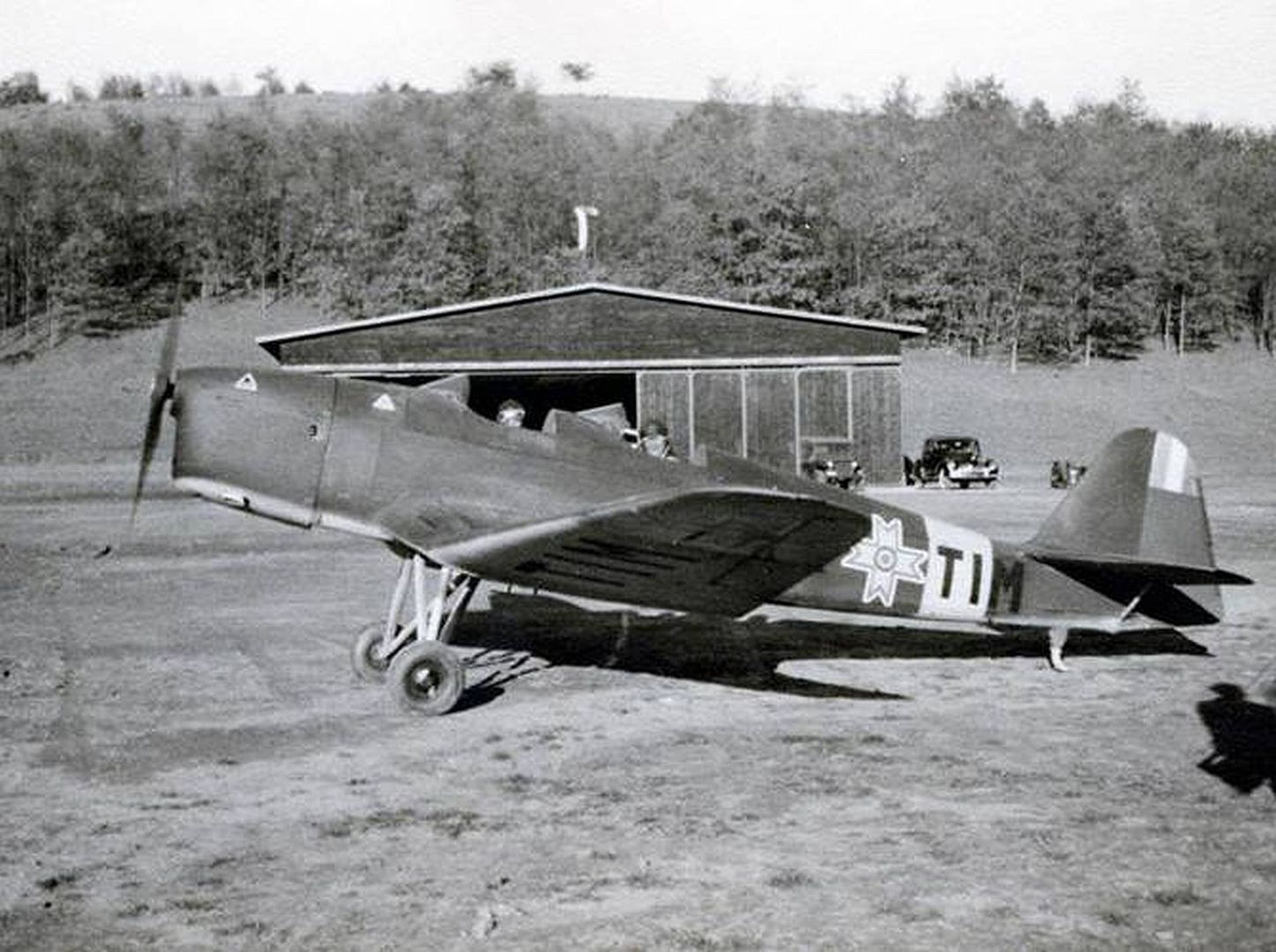
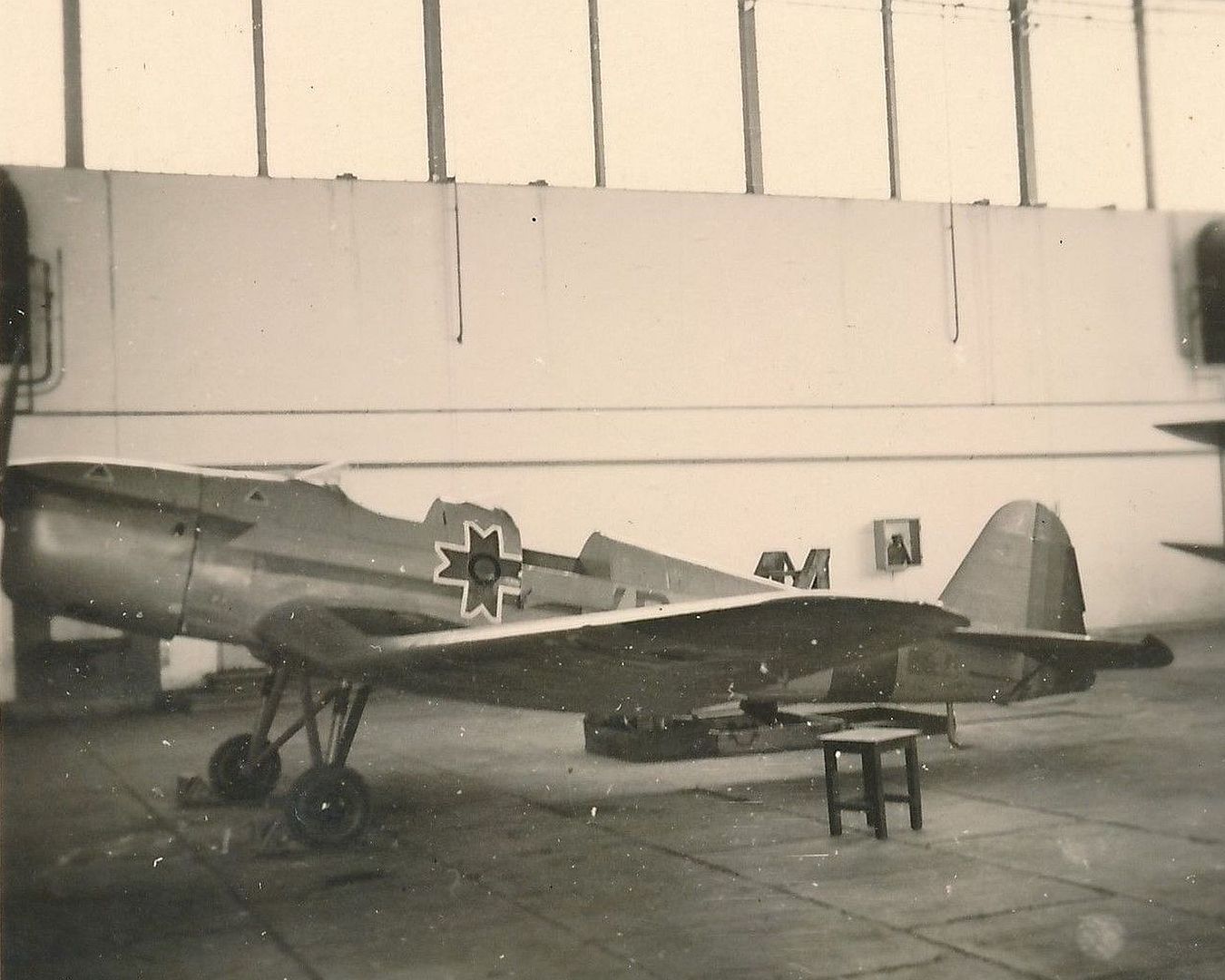
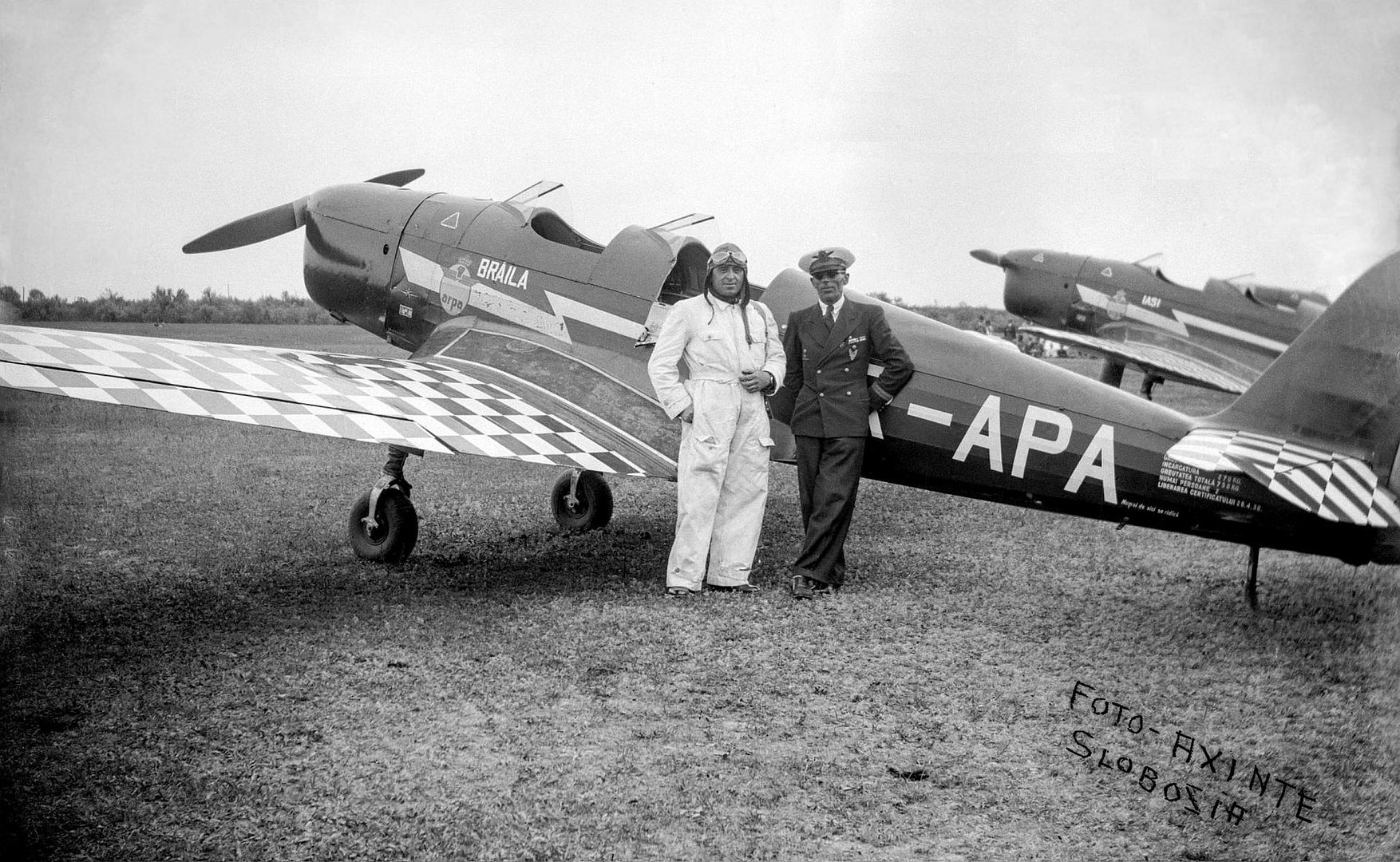
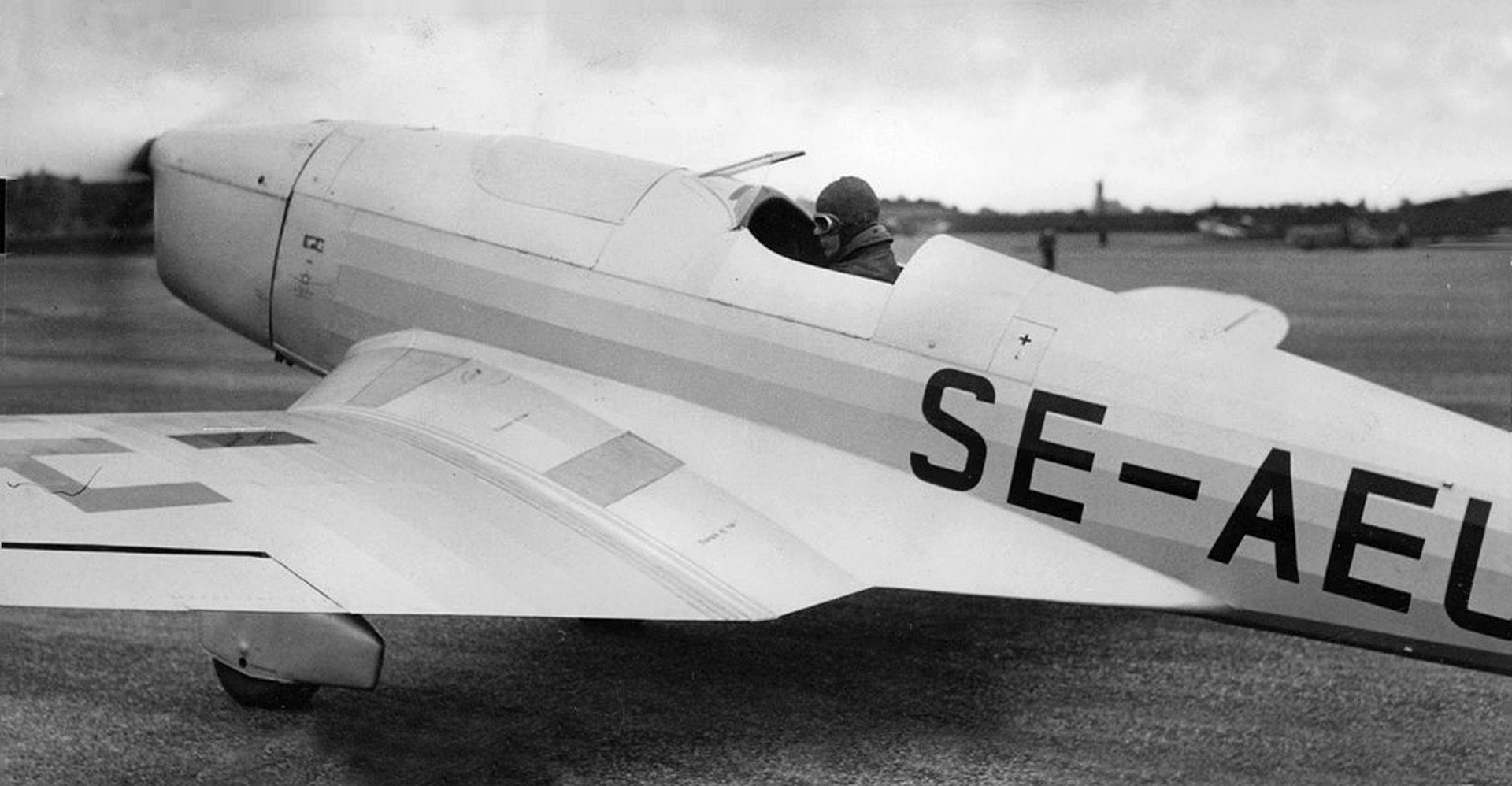
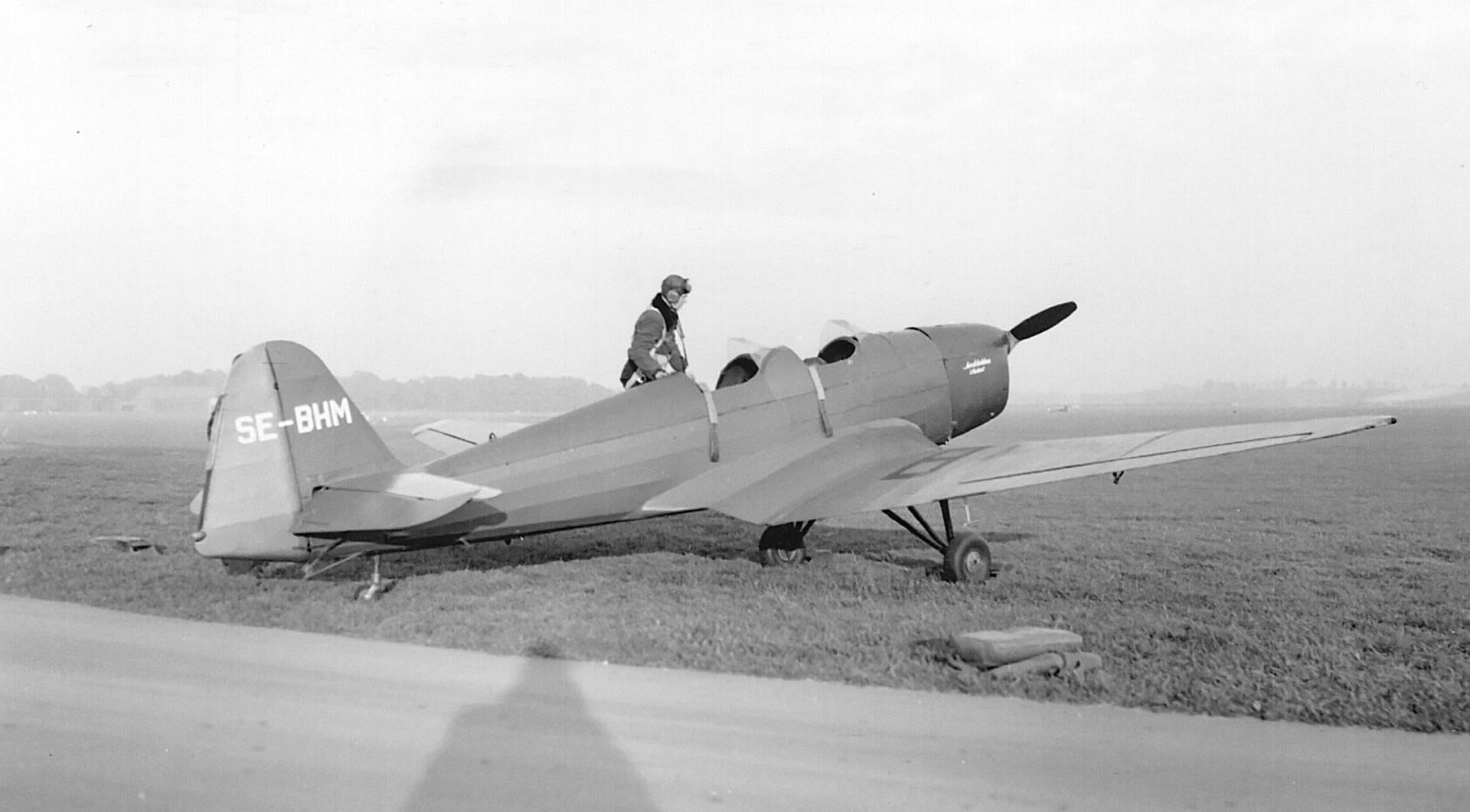
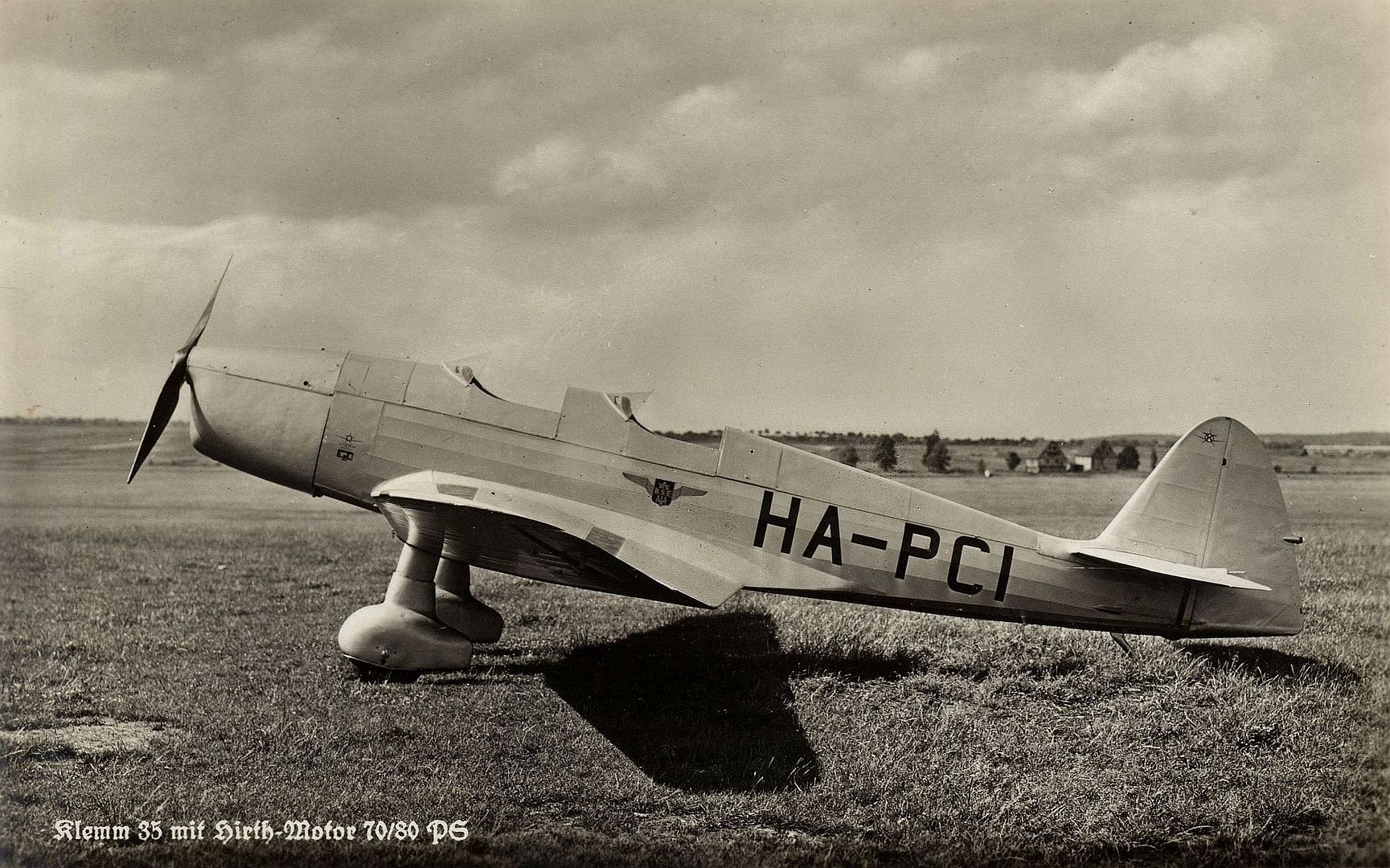
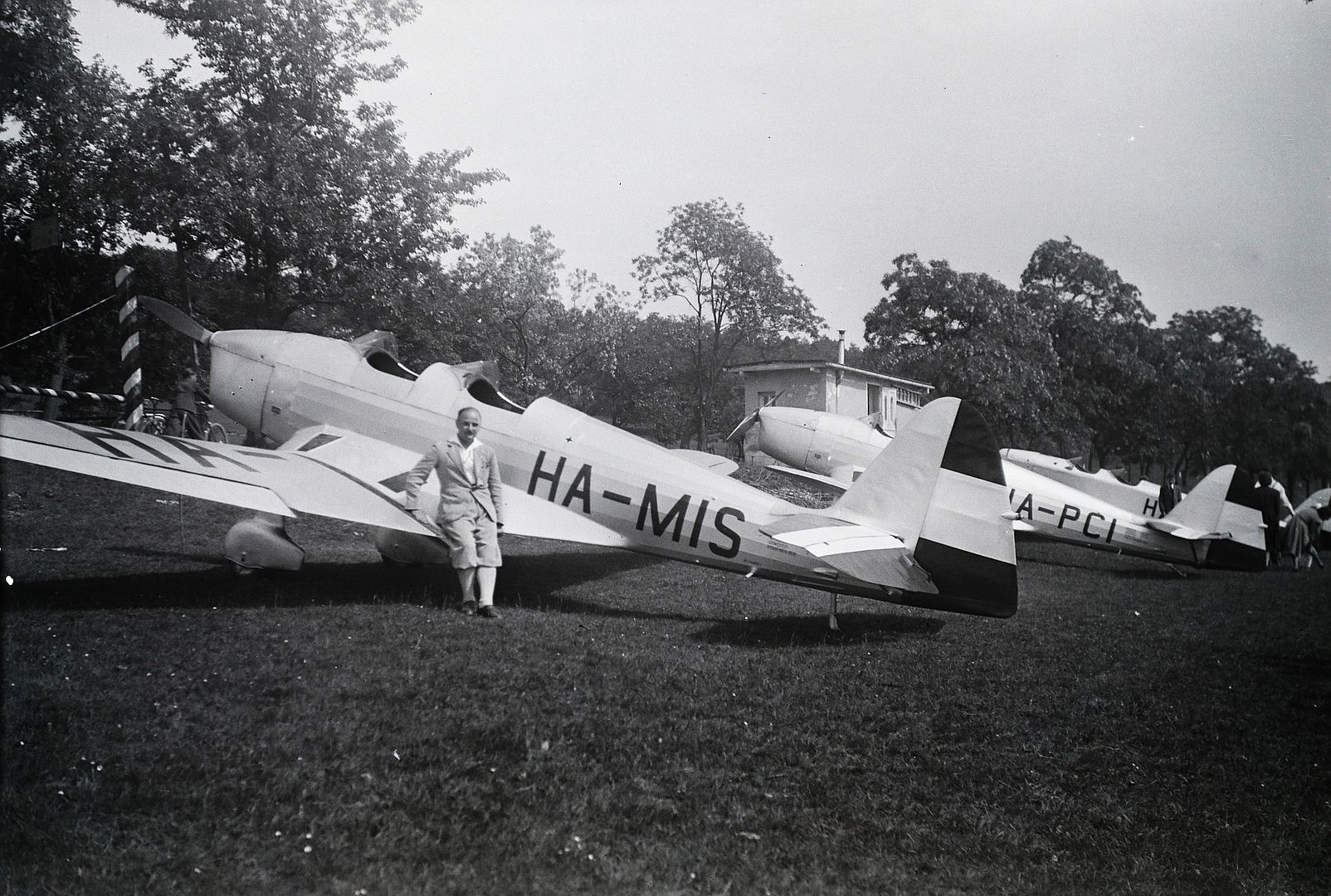
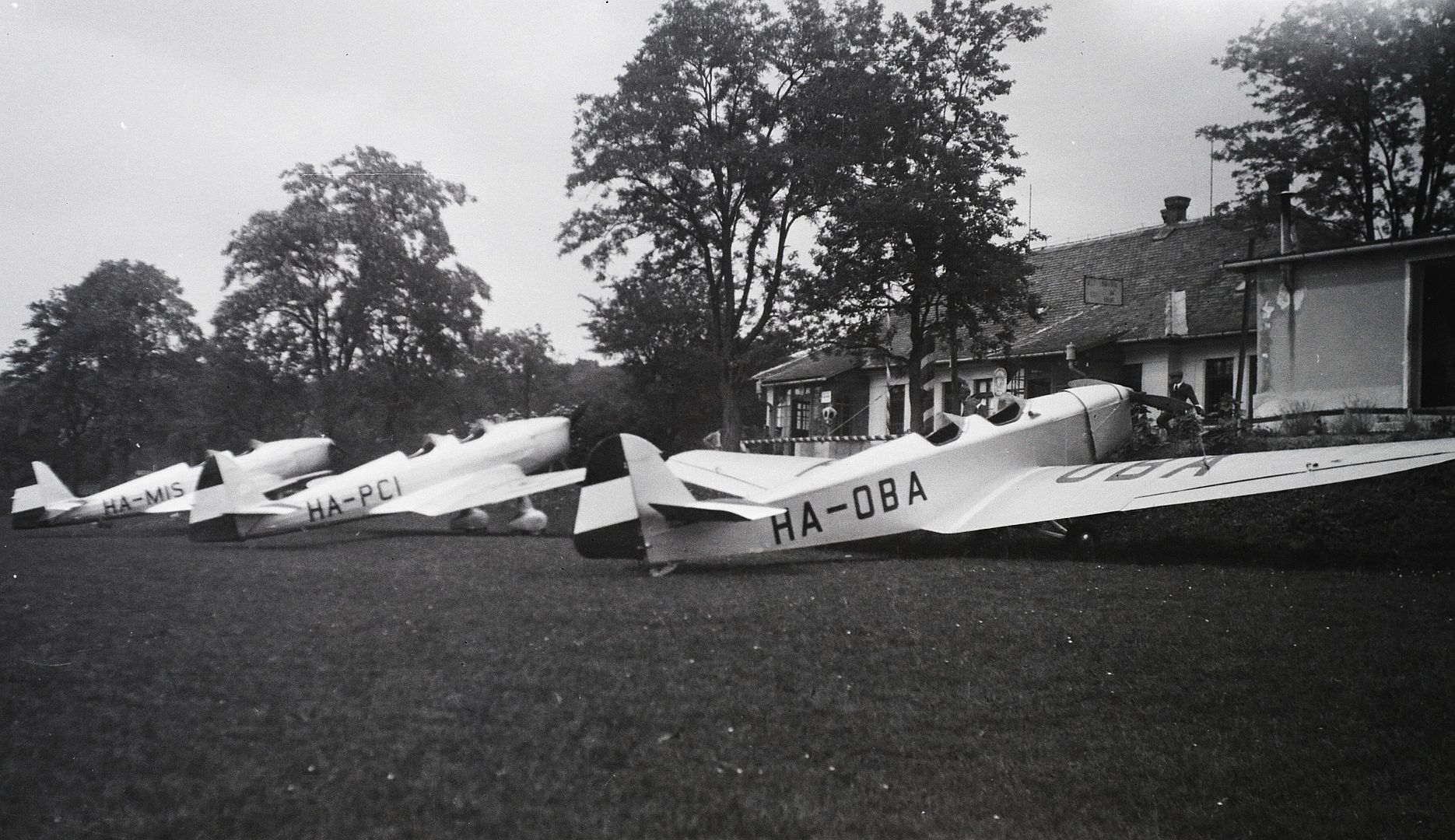
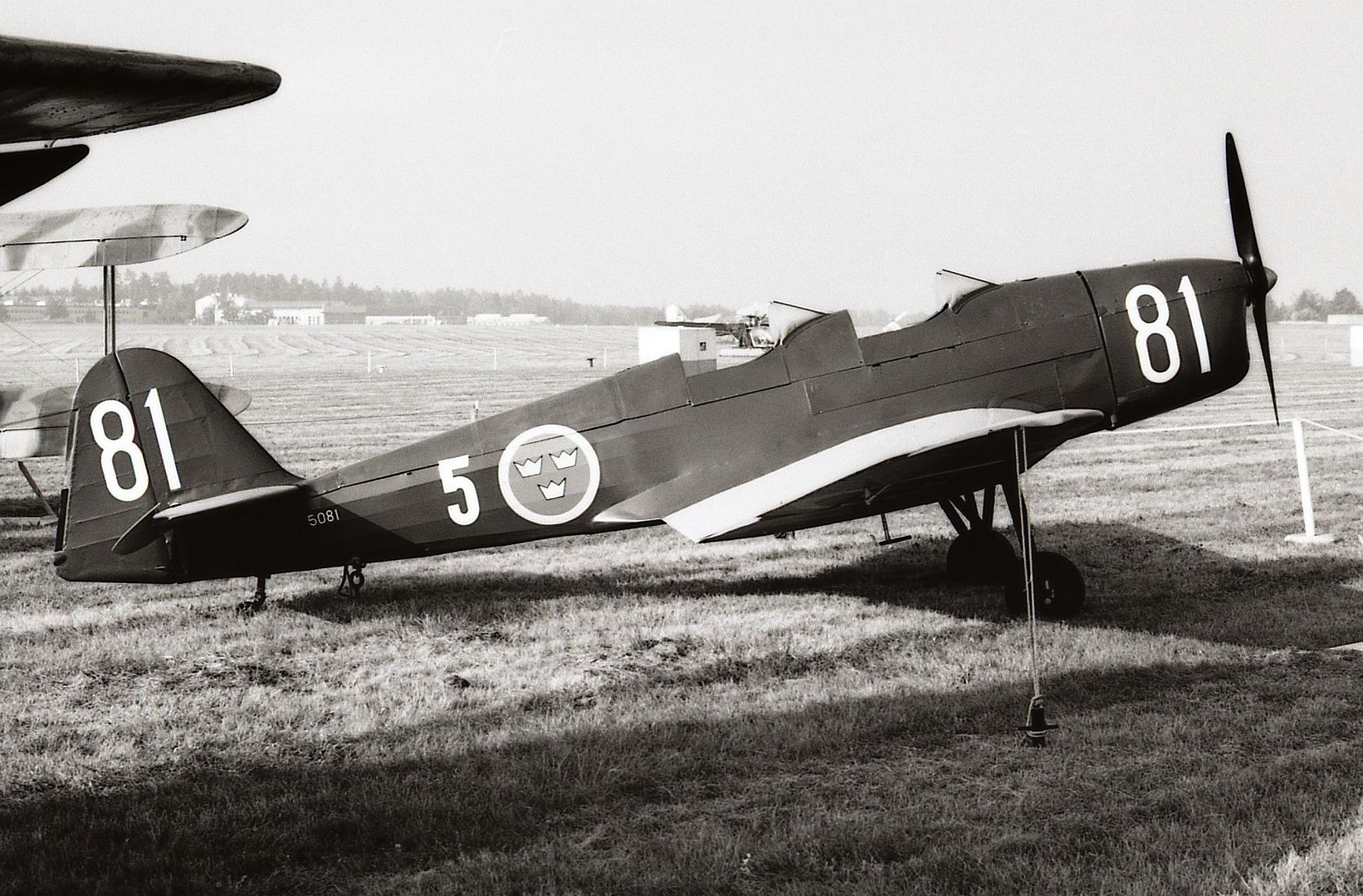
.jpg?width=1920&height=1080&fit=bounds)
.jpg?width=1920&height=1080&fit=bounds)
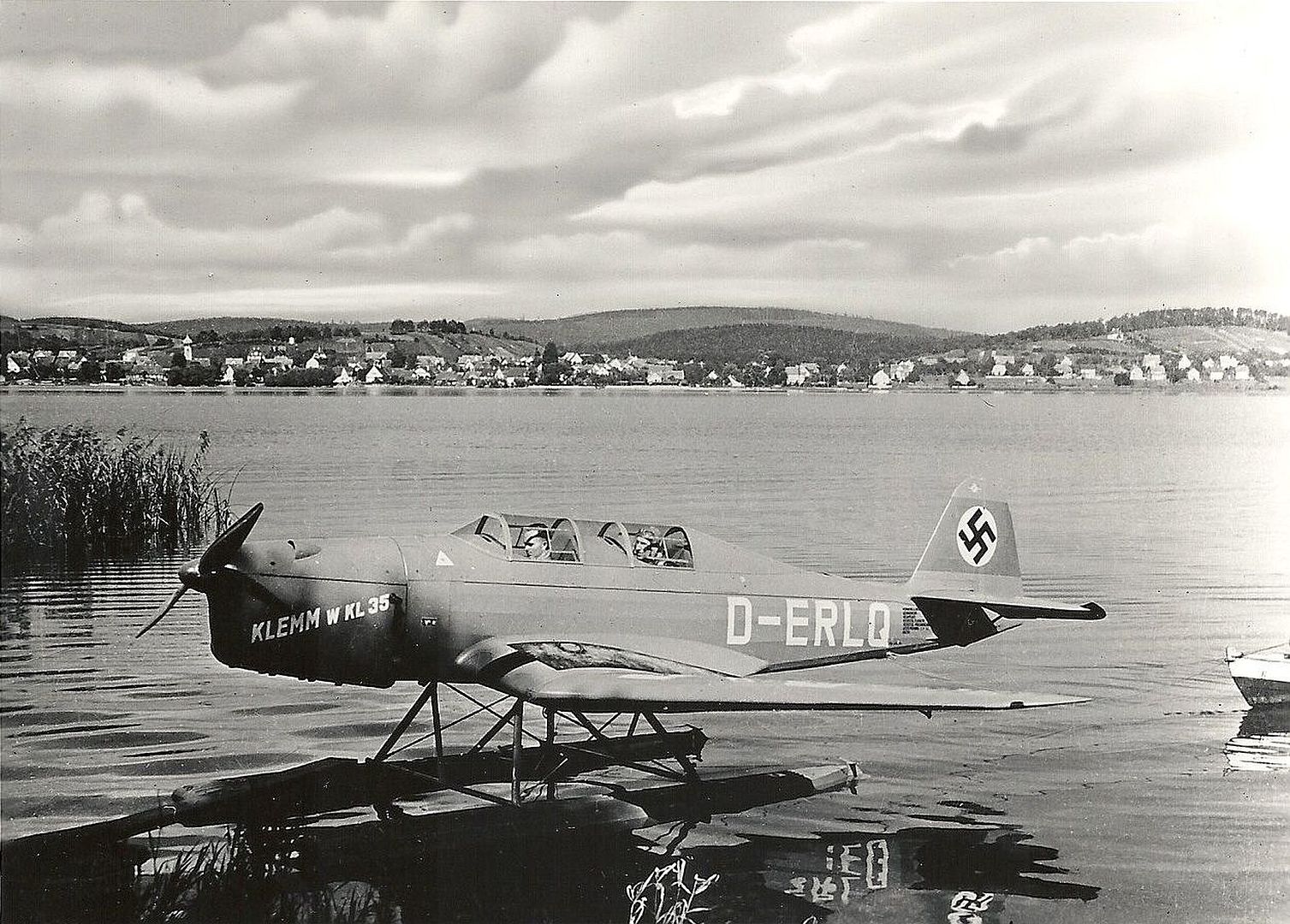
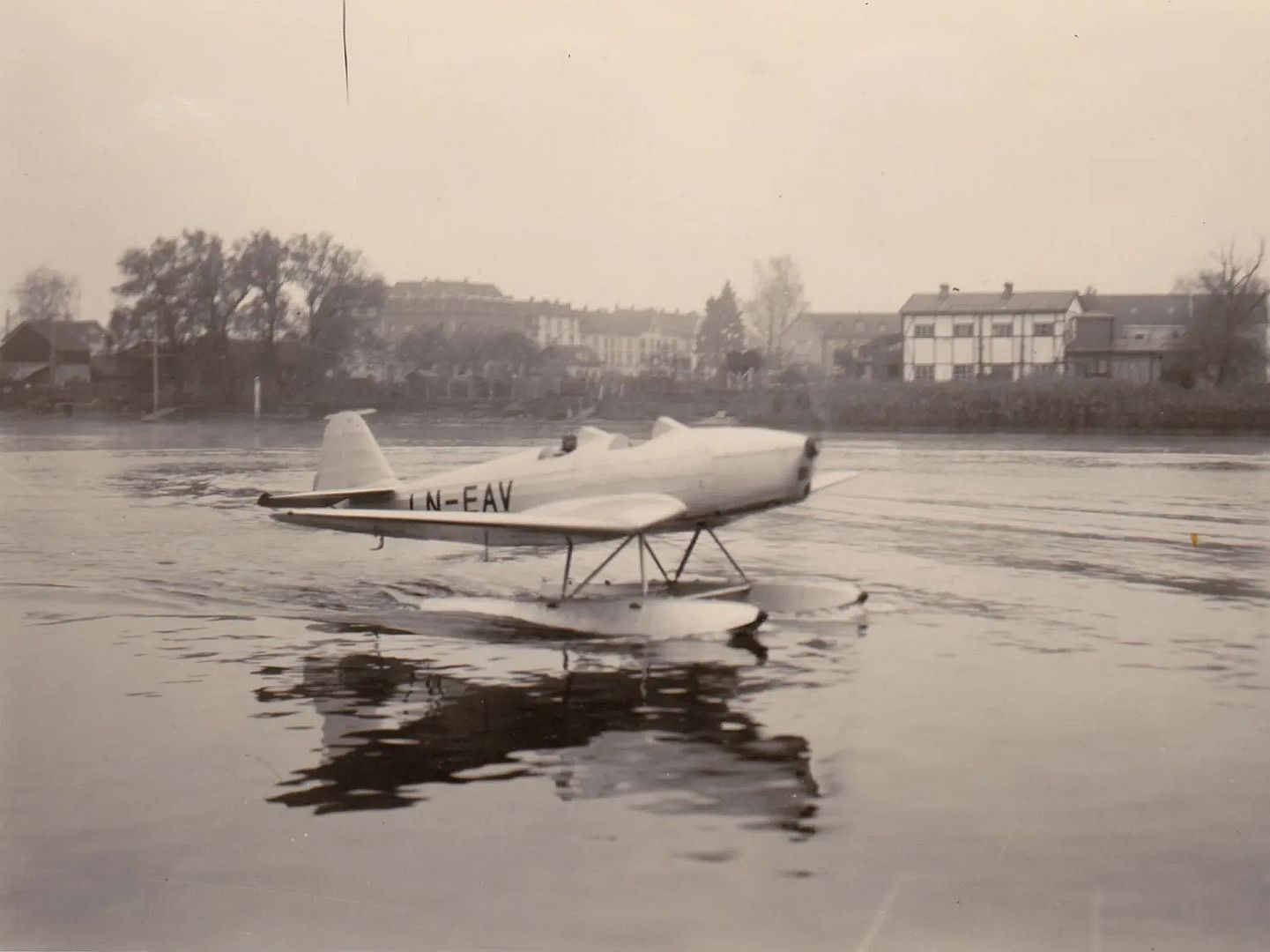


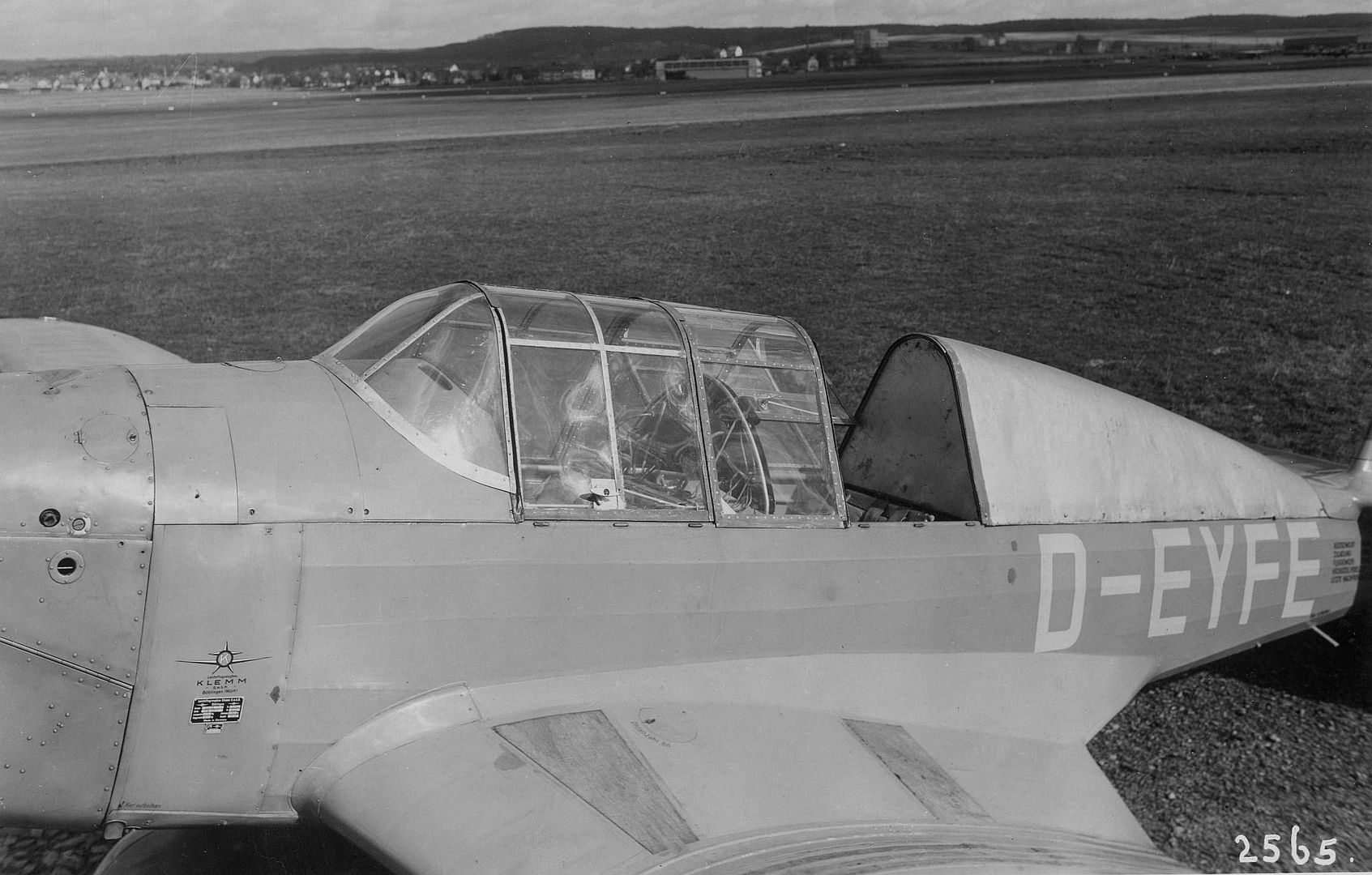
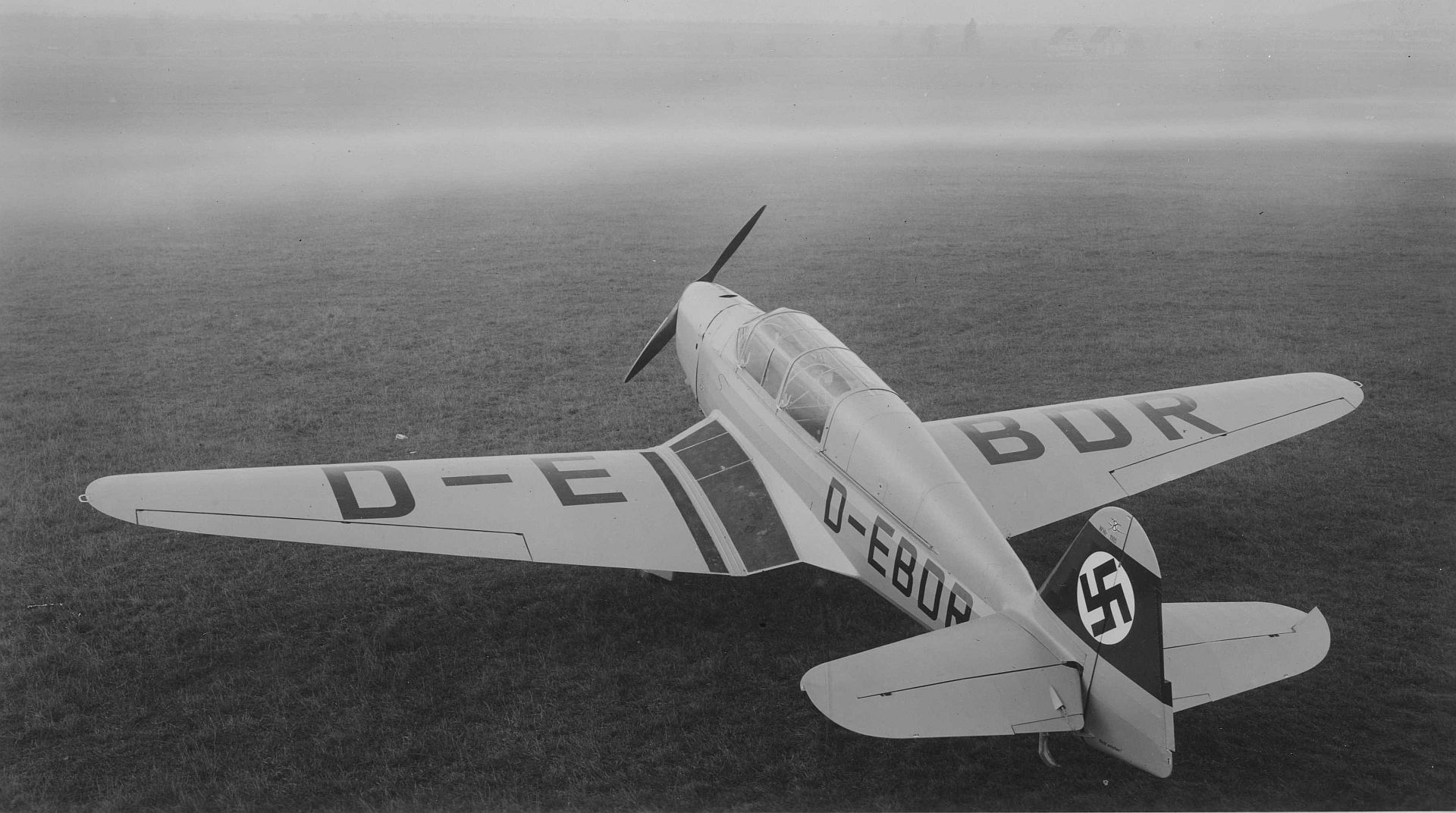
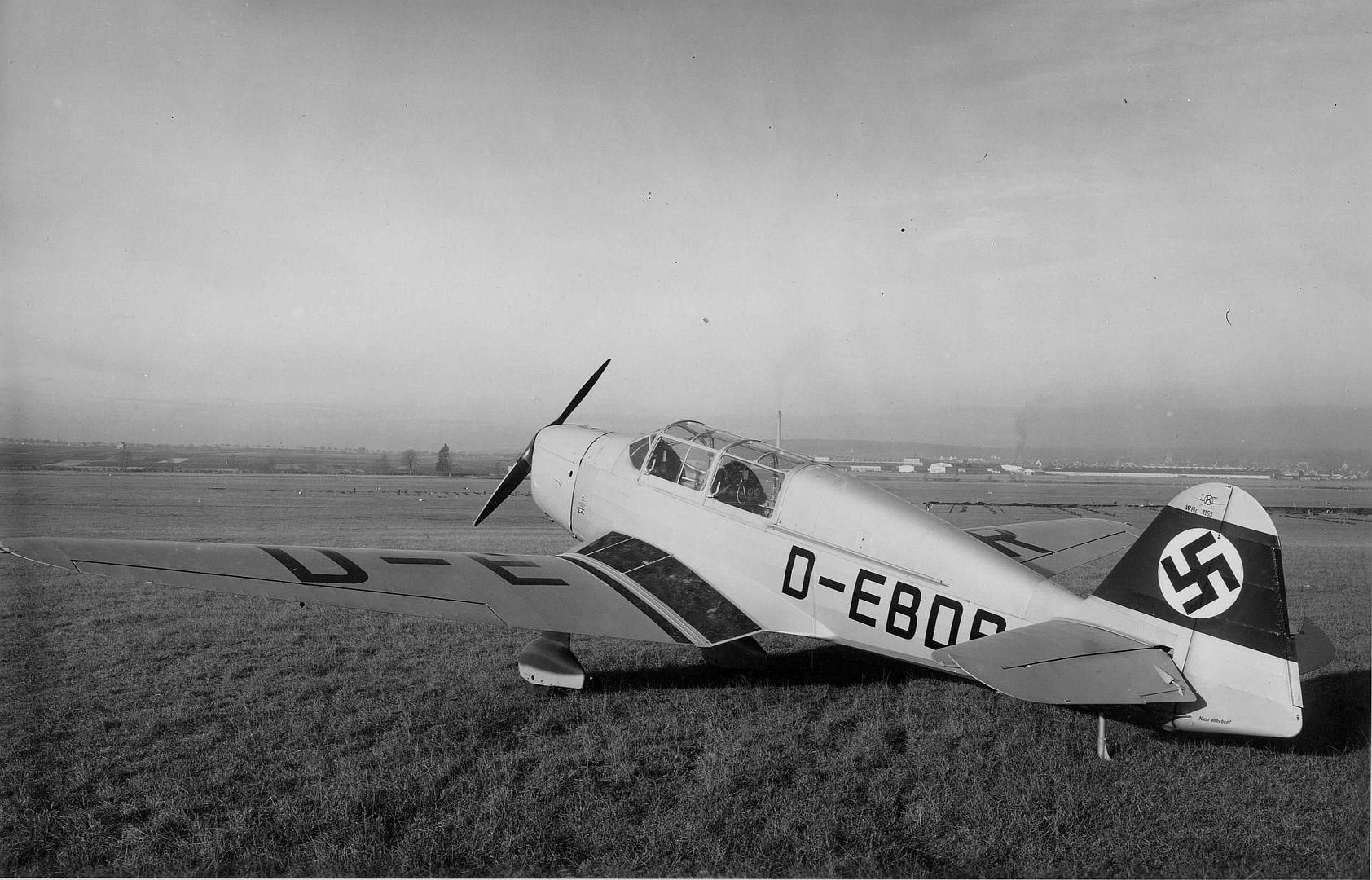
Specifications (Klemm Kl 35D)
General characteristics
Crew: 2
Length: 7.5 m (24 ft 7 in)
Wingspan: 10.4 m (34 ft 1 in)
Height: 2.05 m (6 ft 9 in)
Wing area: 15.2 m2 (164 sq ft)
Empty weight: 460 kg (1,014 lb)
Max takeoff weight: 750 kg (1,653 lb)
Powerplant: 1 × Hirth HM 60R 4-cylinder inverted air-cooled in-line piston engine, 60 kW (80 hp)
Propellers: 2-bladed fixed-pitch propeller
Performance
Maximum speed: 212 km/h (132 mph, 114 kn)
Cruise speed: 190 km/h (120 mph, 100 kn)
Range: 665 km (413 mi, 359 nmi)
Service ceiling: 4,350 m (14,270 ft)
Rate of climb: 3.0 m/s (590 ft/min)
Post a reply
- Go to Previous topic
- Go to Next topic
- Go to Welcome
- Go to Introduce Yourself
- Go to General Discussion
- Go to Screenshots, Images and Videos
- Go to Off topic
- Go to Works in Progress
- Go to Skinning Tips / Tutorials
- Go to Skin Requests
- Go to IJAAF Library
- Go to Luftwaffe Library
- Go to RAF Library
- Go to USAAF / USN Library
- Go to Misc Library
- Go to The Ops Room
- Go to Made in Germany
- Go to Campaigns and Missions
- Go to Works in Progress
- Go to Juri's Air-Raid Shelter
- Go to Campaigns and Missions
- Go to Works in Progress
- Go to Skinpacks
- Go to External Projects Discussion
- Go to Books & Resources
